May 21, 2023
Martha O'Kennon
Who can complain? This week, at least here in South Central Lower Michigan, had perfect mid-May weather! The day may have started in the 40's F, but by afternoon, it was in the mid 70's F. The Fishes were hungry, most of the Frogs came up to be seen and complimented by afternoon, the "Bugs" on the Wall were more varied and nonchalant about having a peeping Thomasina creep up to them, and the camera seems to be getting better results in most cases. The Dame's rocket started its bloom, and the Vinca minor has covered a huge swath of land.

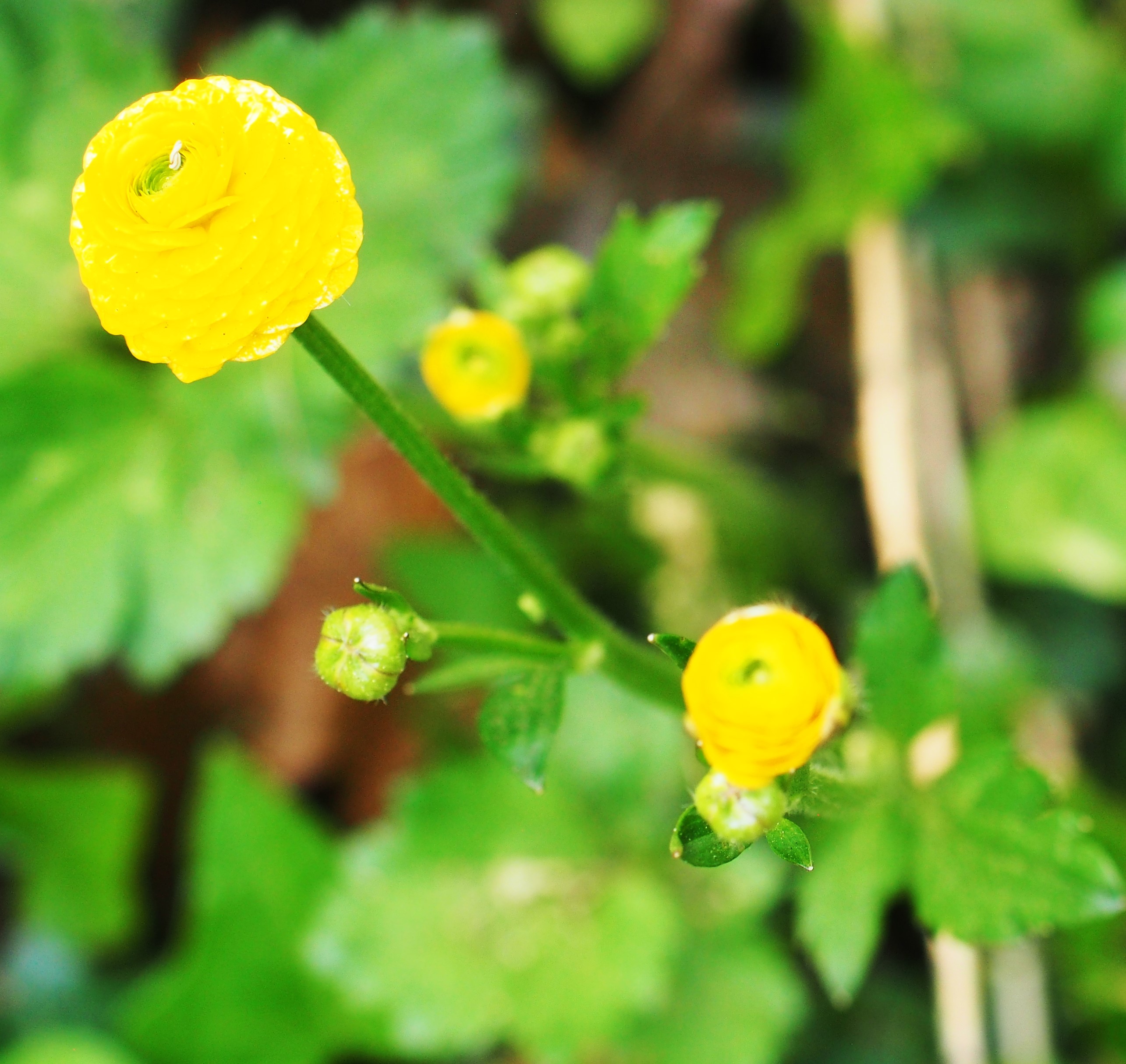
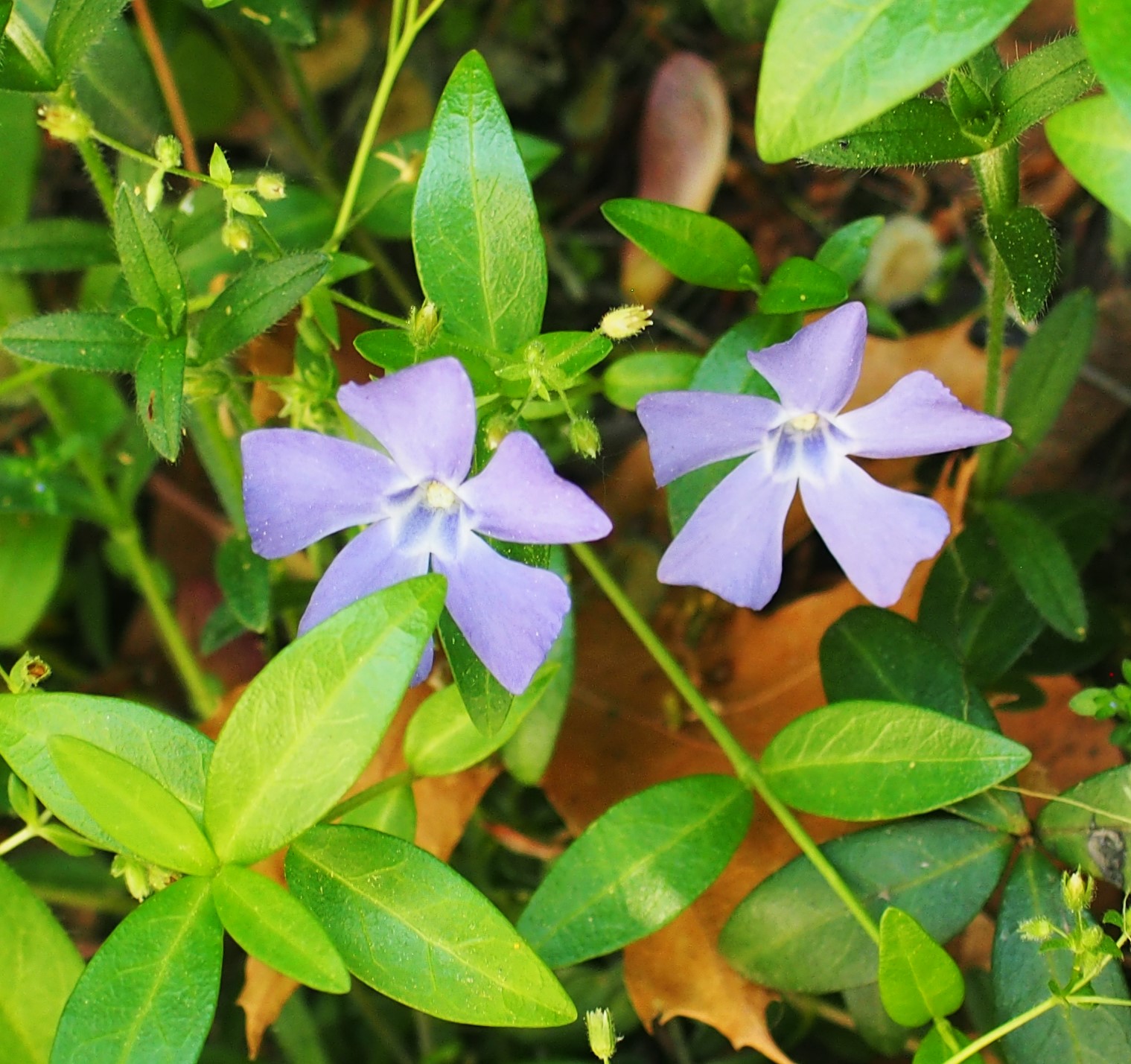
Remember that there is information in the name of the file for each image. You can see it by mousing over the image - look at the lower left of the screen. Or you can click again on the image to get to the (usually) larger image. Then the info is displayed in the address line above. Sometimes the second click will actually display a different view of the original image.
The Winter Ants are hard to find now. I spent a couple of weeks watching them try to keep their little nests clear of debris that fell in each time it rained a little, and finally they seem to have abandoned the underground, at least where I used to look for hours for any sign of life. But the Nearctic Carpenter Ants are in fine shape and all over the place. The most awful thing I saw all week was this Brown Lacewing being attacked by Nearctic Ants. I had thought it was a huge Ant Queen, maybe with three Nearctic Ants trying to mate with her, but Steven Wang of iNat said, no, they were glomming onto free PREY. I know the Nearctics were used to that position on the window sill of the shop. Maybe they even have a nest inside there somewhere and the Lacewing wandered into that position.
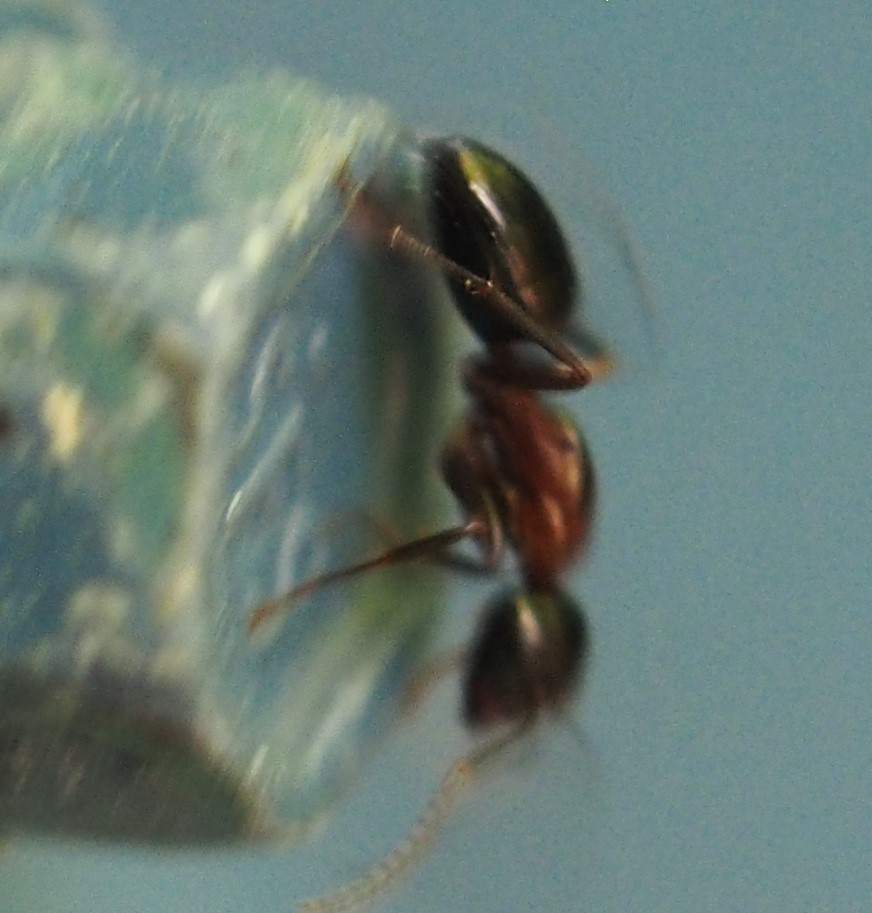
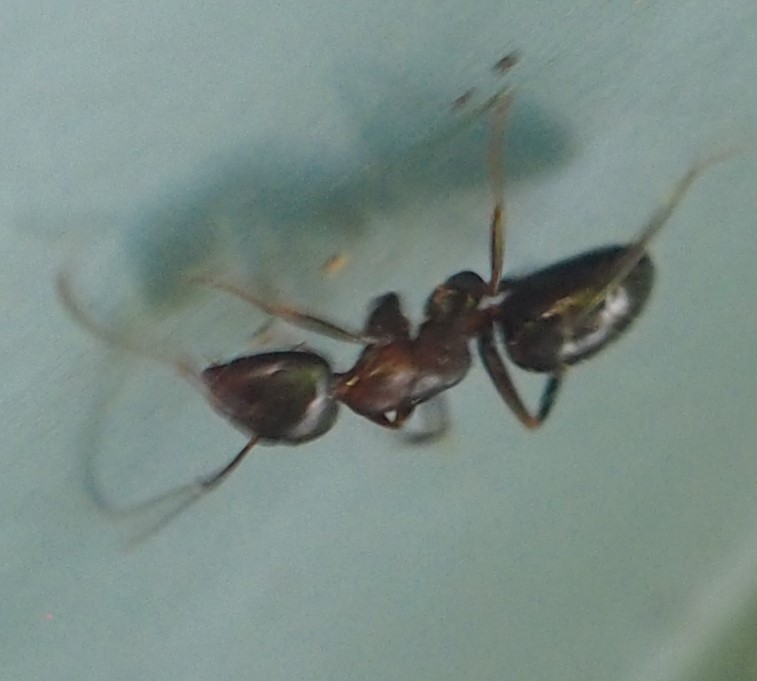
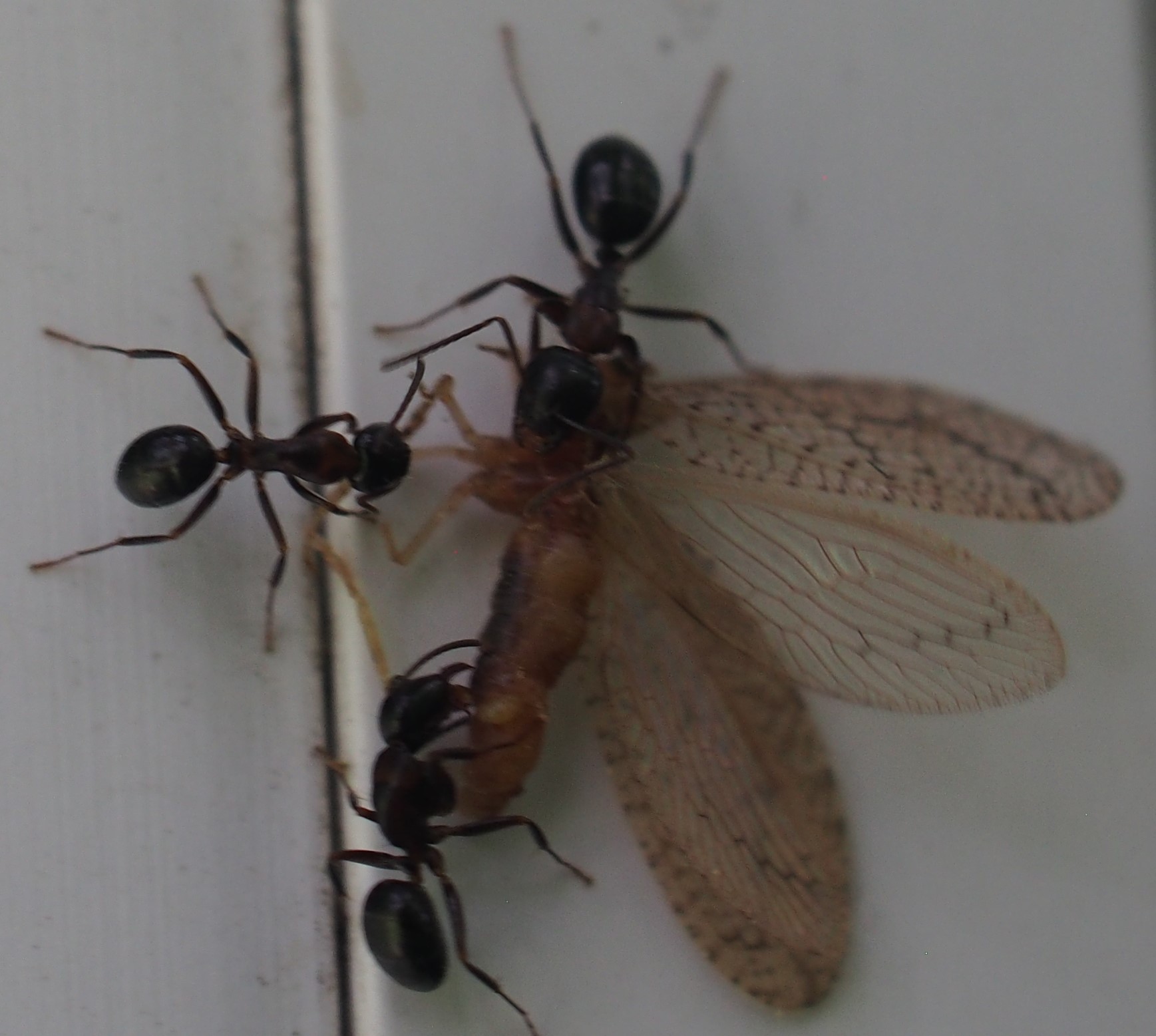
The Ants of genus Crematogaster (recognizable by their heart-shaped gasters) are also common nowadays. First we seen a group on a piece of rotting wood. If you want to know who those Ants are that are helping the Peonies to open, they're Crematogaster. Third here is another Carpenter, the Eastern Black Carpenter Ant.

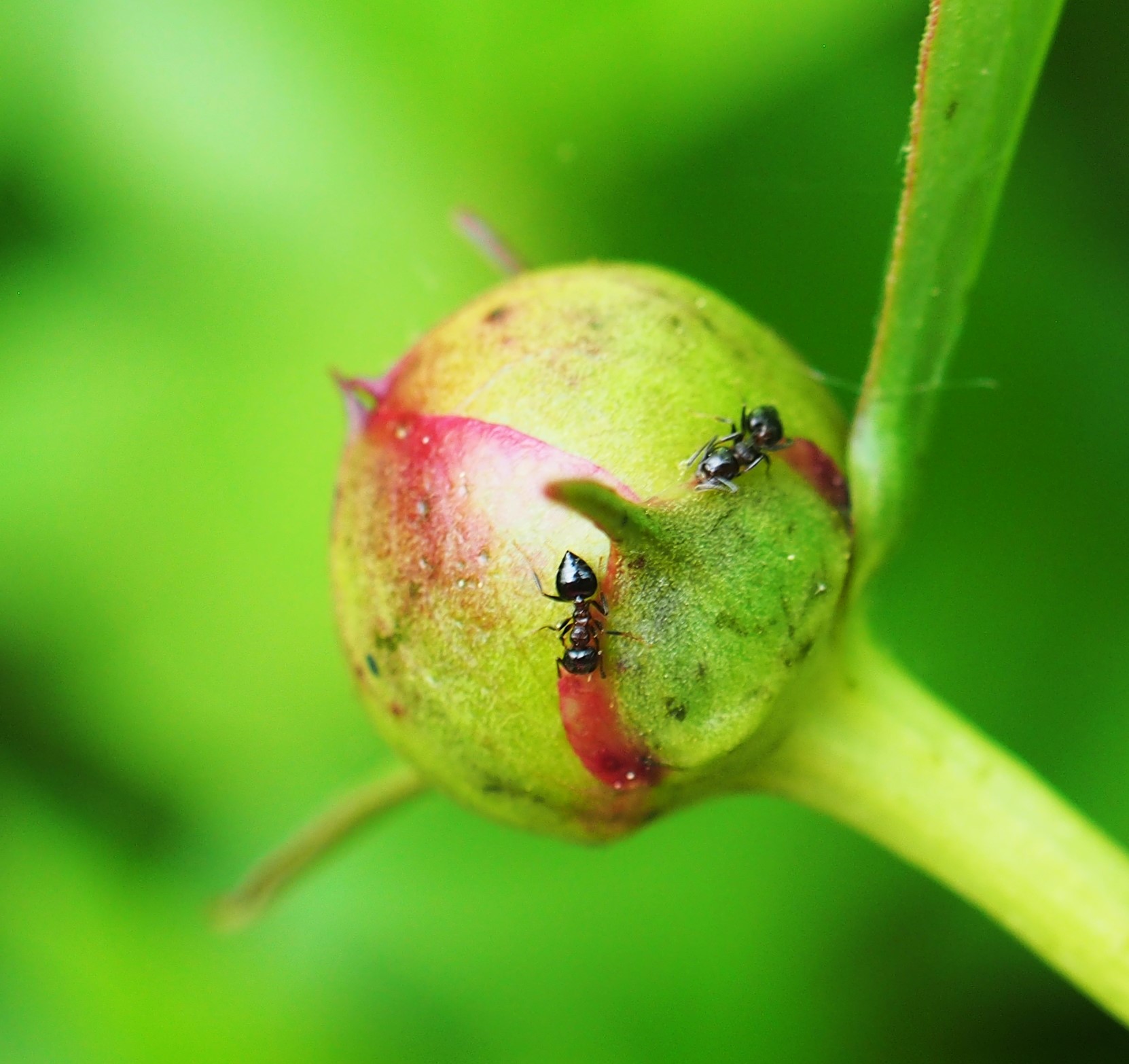
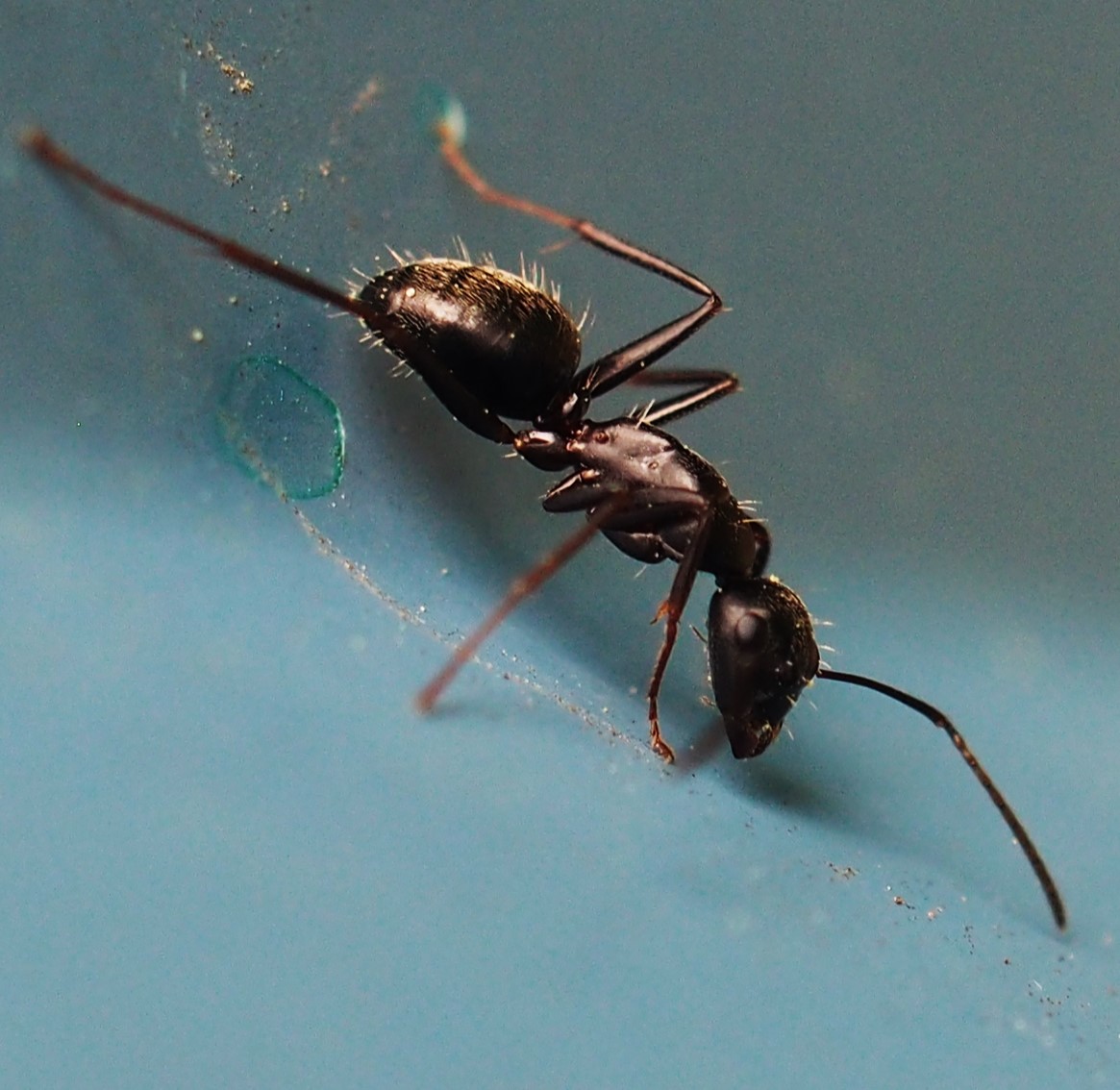
Among the Bees, I saw mostly Bumblebees, which are mostly Common Eastern Bumblebees around here. Here you see one of them on Solomon's Seal's hanging flowers, and again in a mass of Honeysuckle.

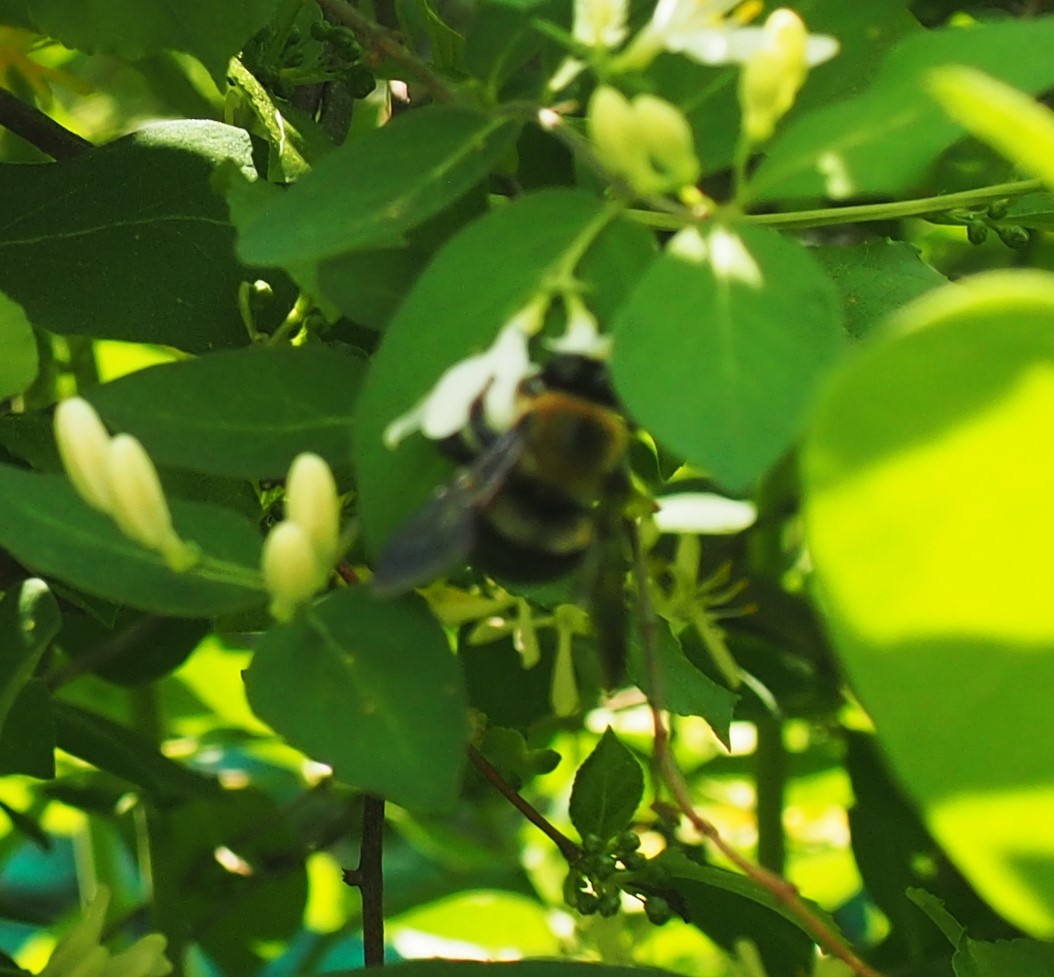
The Beetles were, for some reason, mostly Weevils. You're very well acquainted by now with the Redbud Seed Weevil or Redbud Bruchid. A week or two ago we saw that Clover Seed Weevil, and it's still around. The Black Weevil in position 3 is a member of the Tychius genus, and the last one is in genus Hypera, and may be Hypera postica, the Alfalfa Weevil.
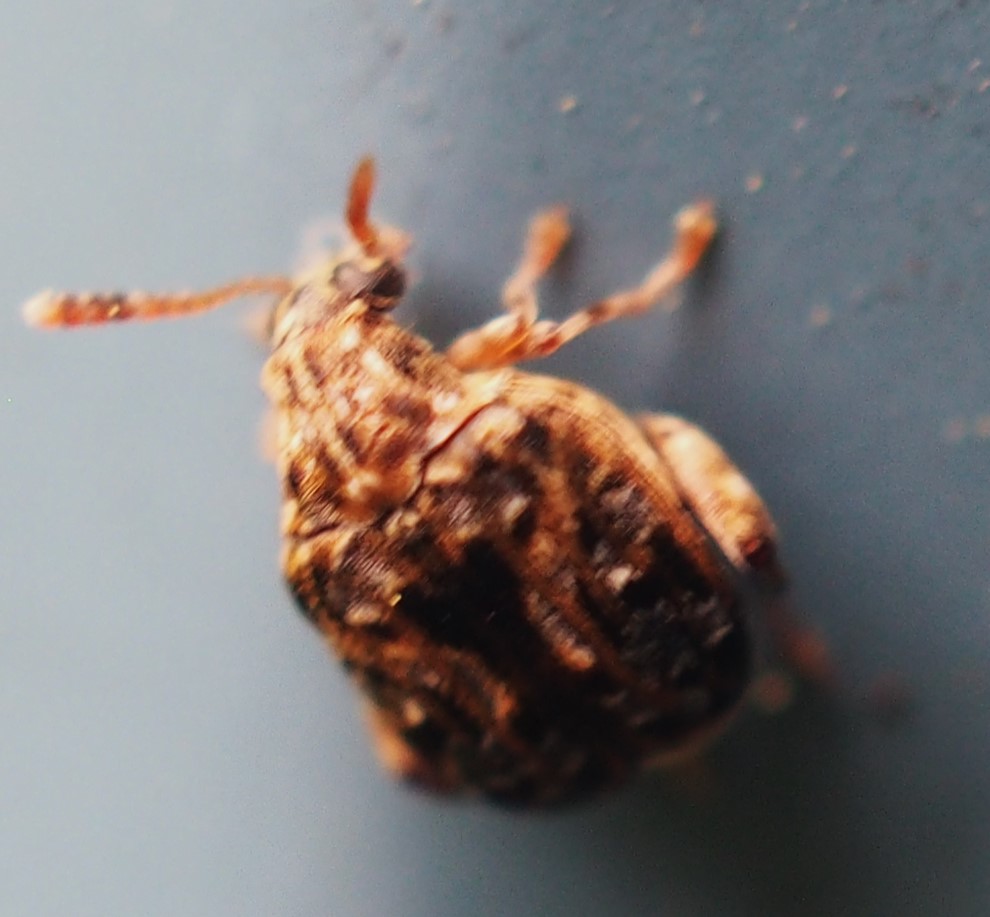
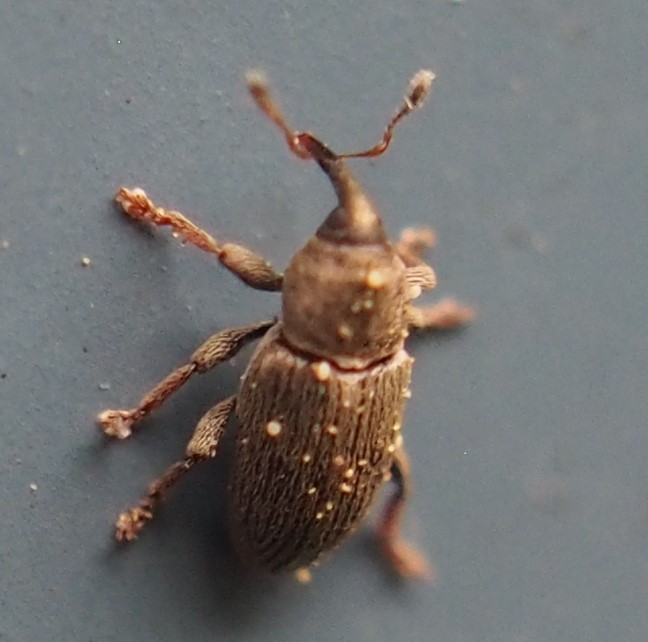
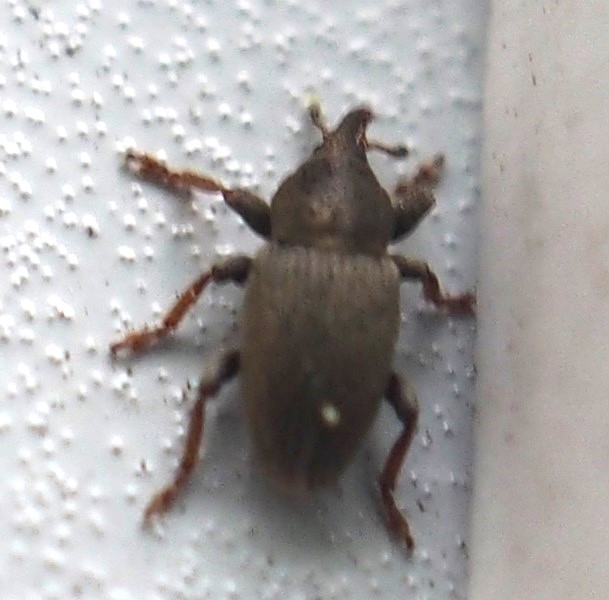
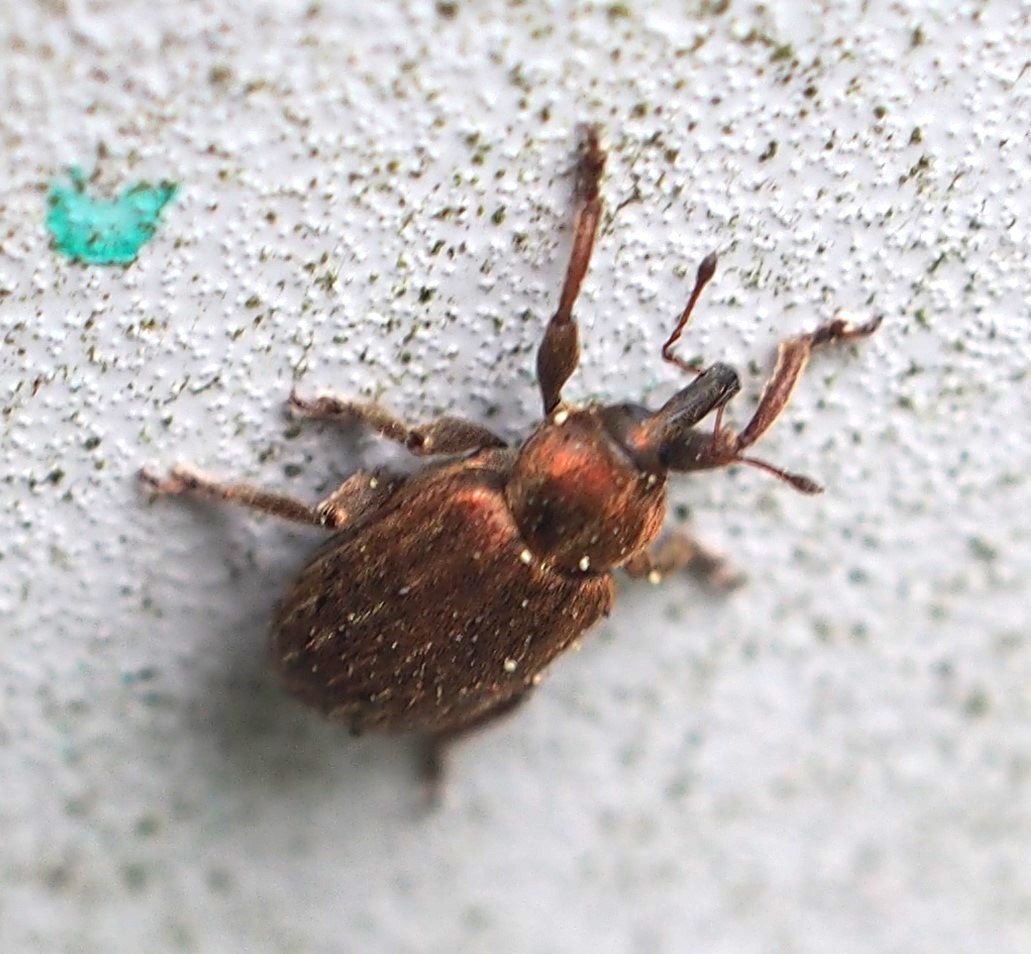
The Bugs were almost entirely several individuals of the familiar Pale Green Assassin Bug. But this week almost all the Pale Green Assassins were shades of ORANGE. Only this third one was light green enough to almost disappear among the leaves. This last one was probably at least partly due to camera(person) error.

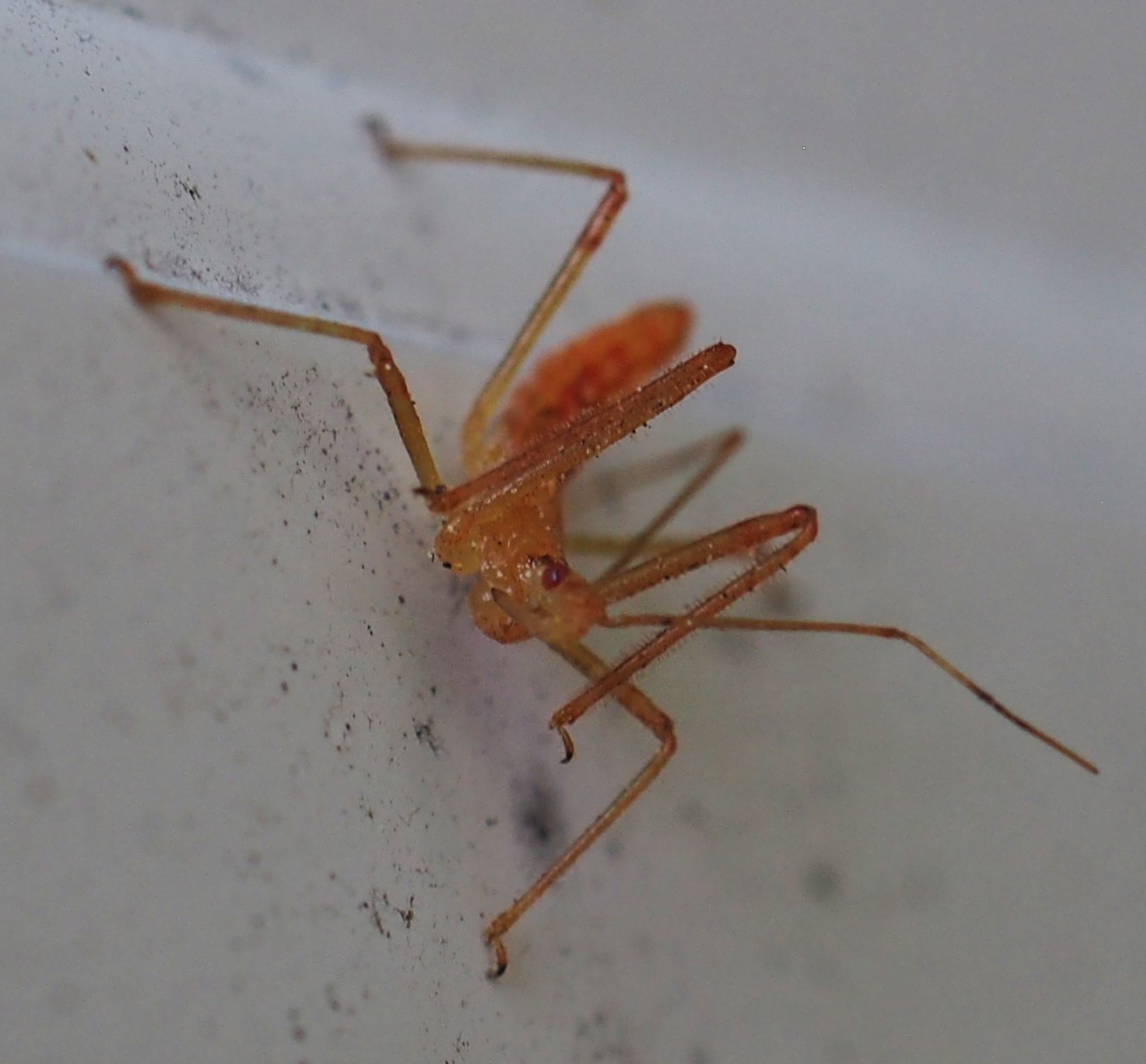
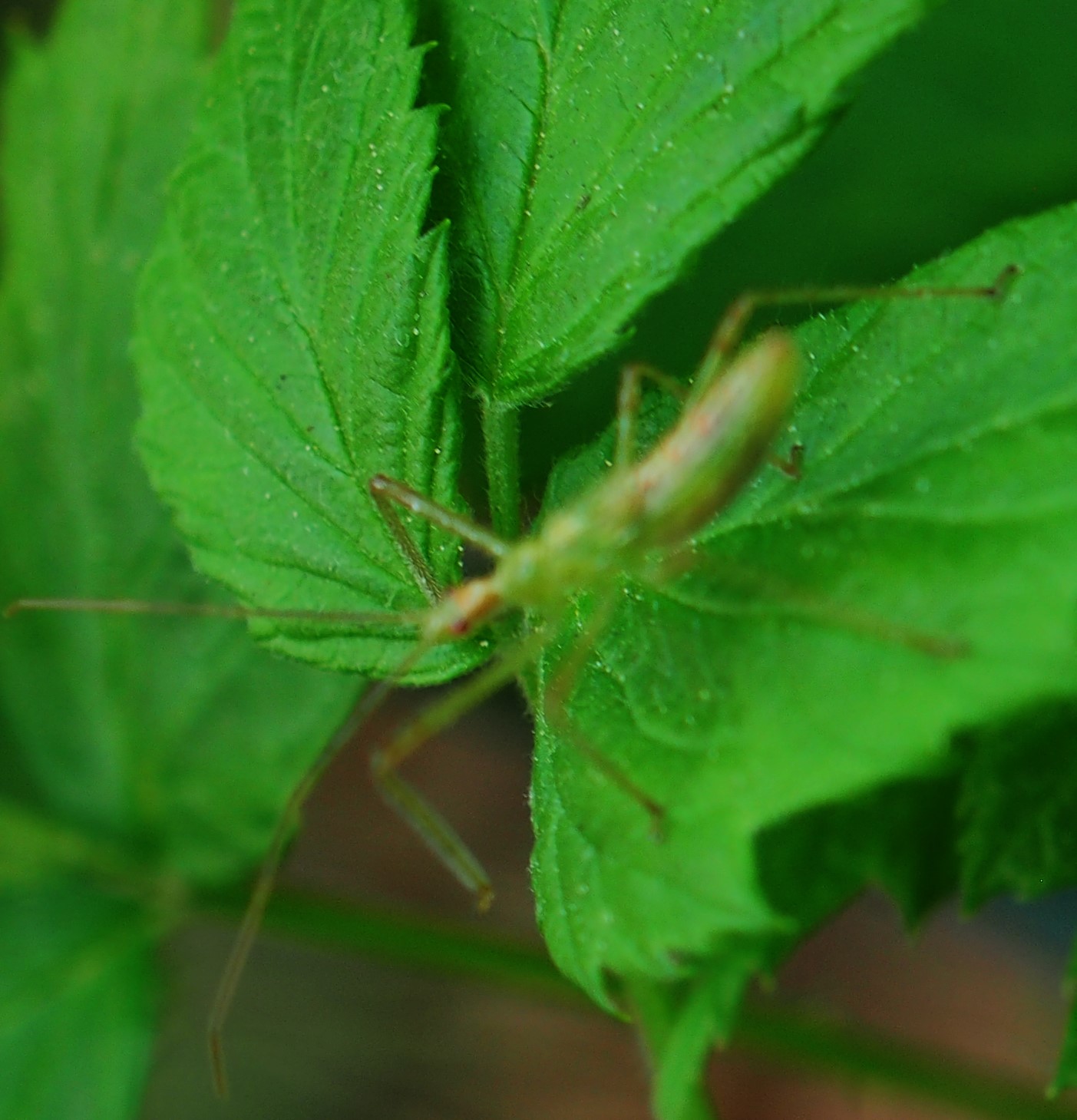
But the Leafhoppers, though still a little shy, are coming back slowly. Here is our old faithful friend Erasmoneura vulnerata, and two views of a member of tribe Gyponini.
.jpg)
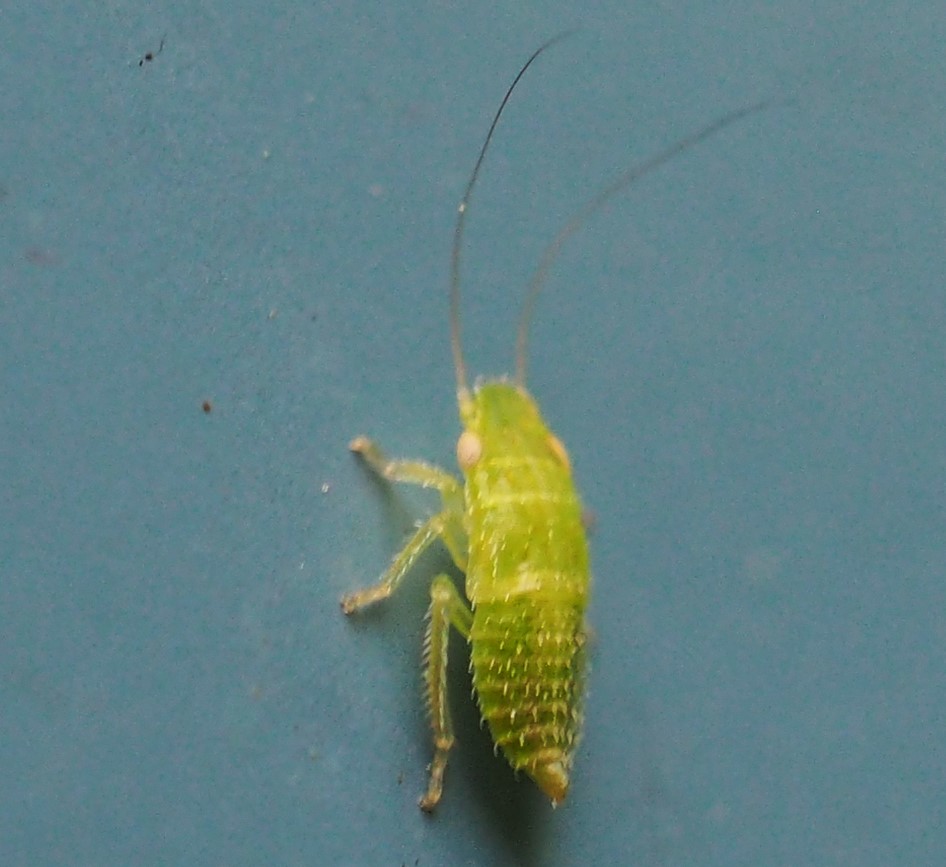
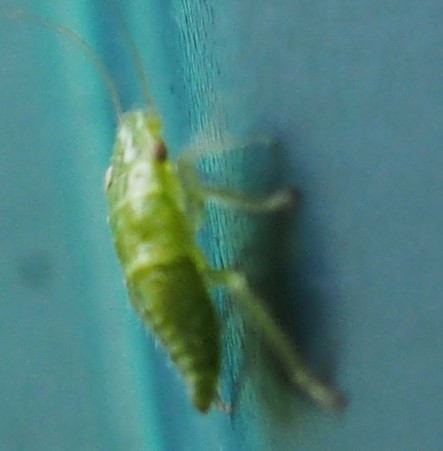
Let's look at what has transpired in the story of the Barklice. Last week you saw an Ectopsocus meridionalis that had probably over-wintered as an adult, and a little progress with some Barklouse eggs that are probably Graphopsocus cruciatus. You are probably getting out your six-armed funeral clothing for all the Barklice. Well, put them away. Look who's back! First, the scene we've been watching. I suspect that the nymphs inside those peanut-like eggs are getting ready, but no cigars for this week. Next, you see two very recently hatched Graphopsocus cruciatus nymphs on May 15. The thing on the right is what's left after hatching, or moult. Finally on May 18, we see this lovely nymph that already has decent-sized wings, again G. cruciatus. I pronounce that Spring has come!
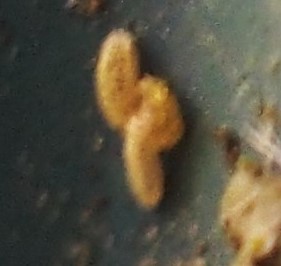

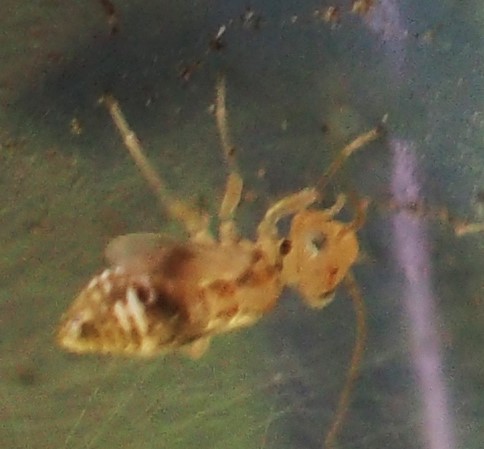
The Flies this week were multitudinous and gorgeous. I can't believe how many more I saw this week than in any previous week. Here are some of the large Flies in the garden.
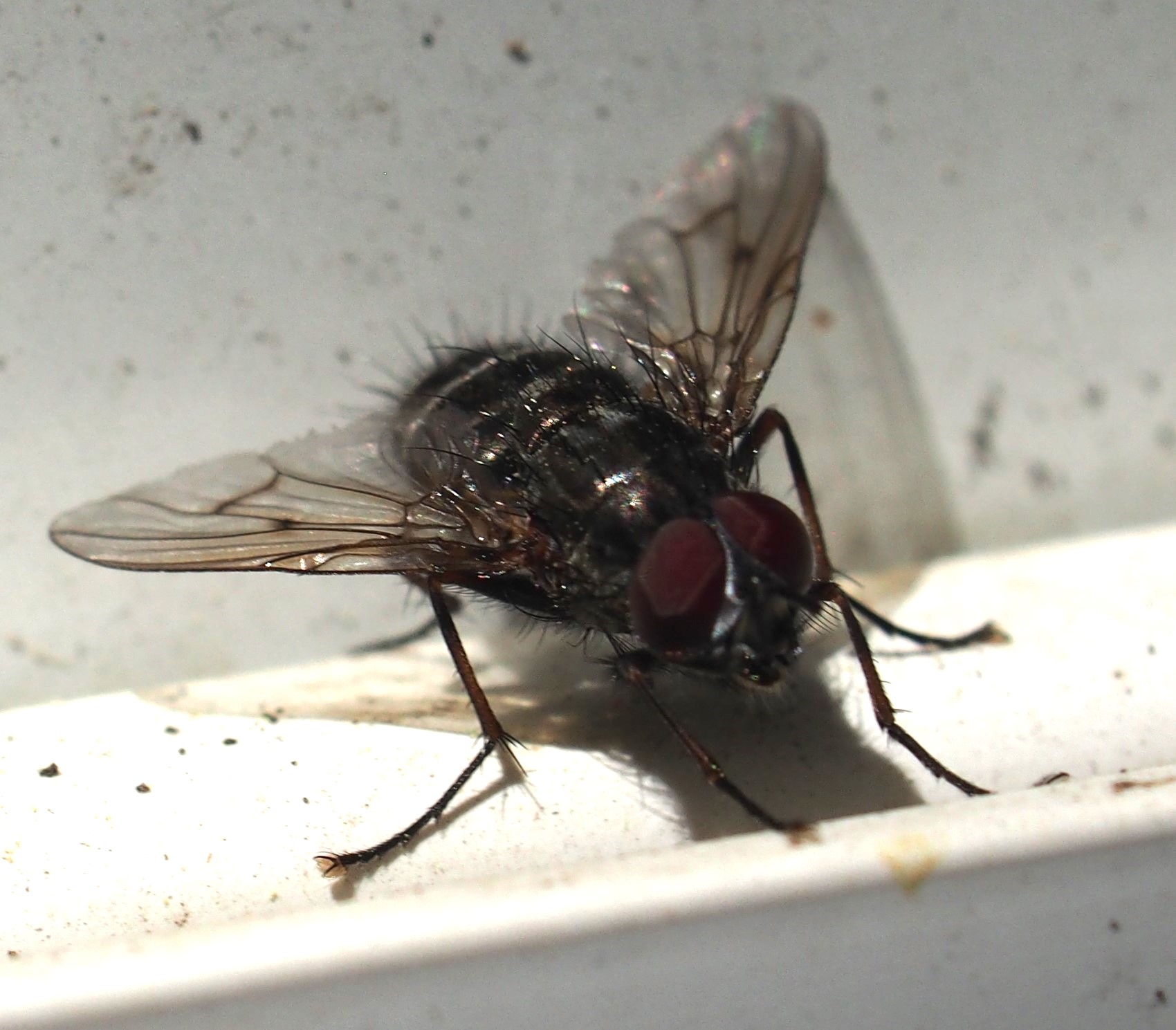
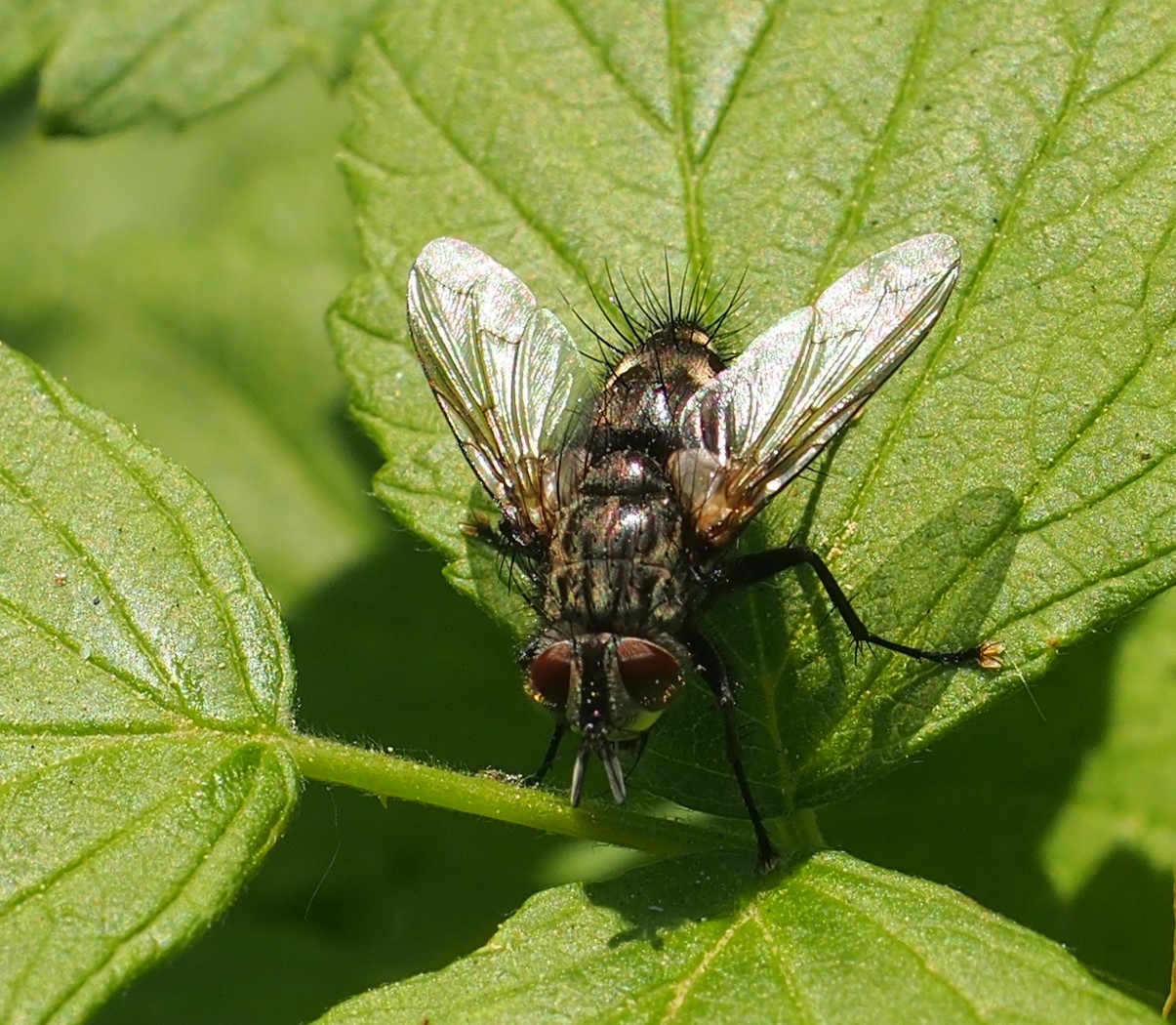
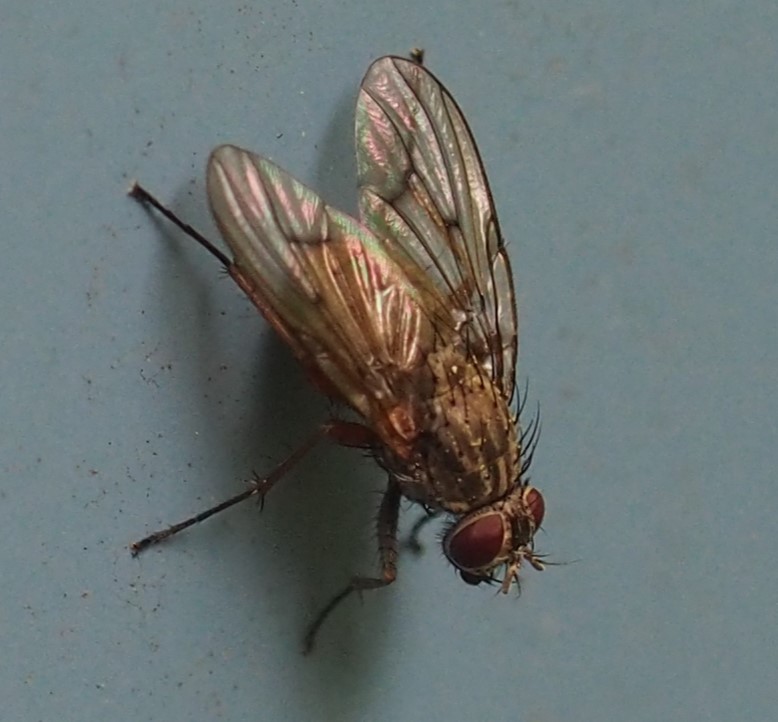
More big bodacious Flies. I'm expecting that these first two depict a Greenbottle and that that the third is a Bluebottle, but waiting for iNat to render a decision.

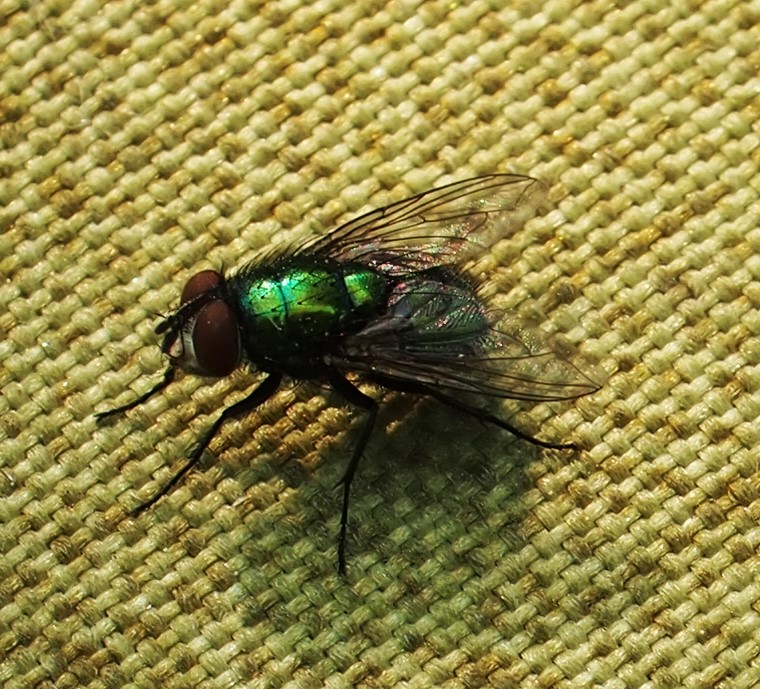

Here are a couple of Root-Maggot Flies, genus Eutrichota. They are probably males, because of those great big eyes. Third shows a pair mating.
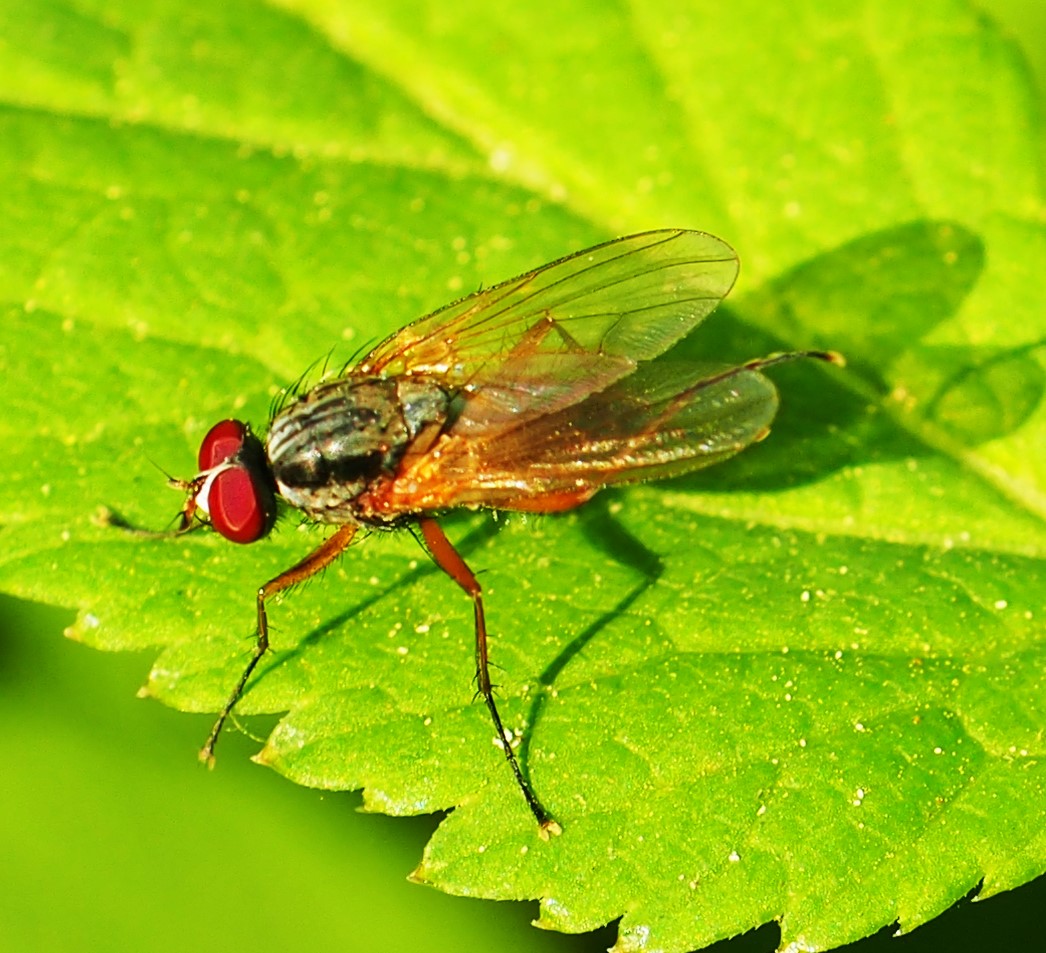
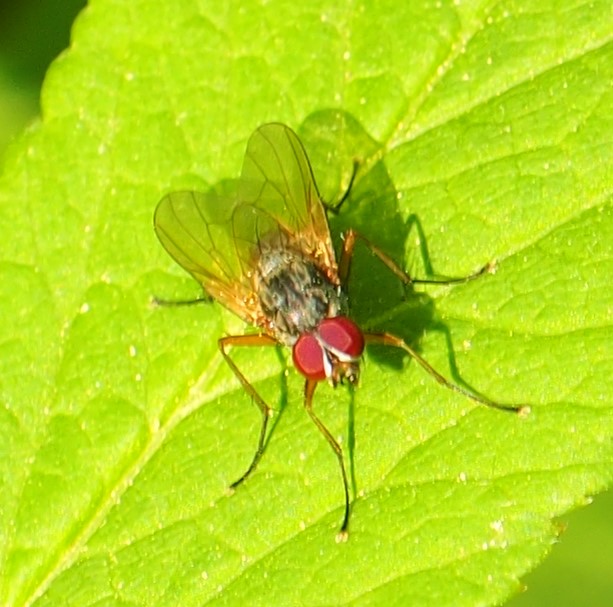

A few more large Flies. This first one is in Elm. I didn't write down where I saw the next three, sorry.
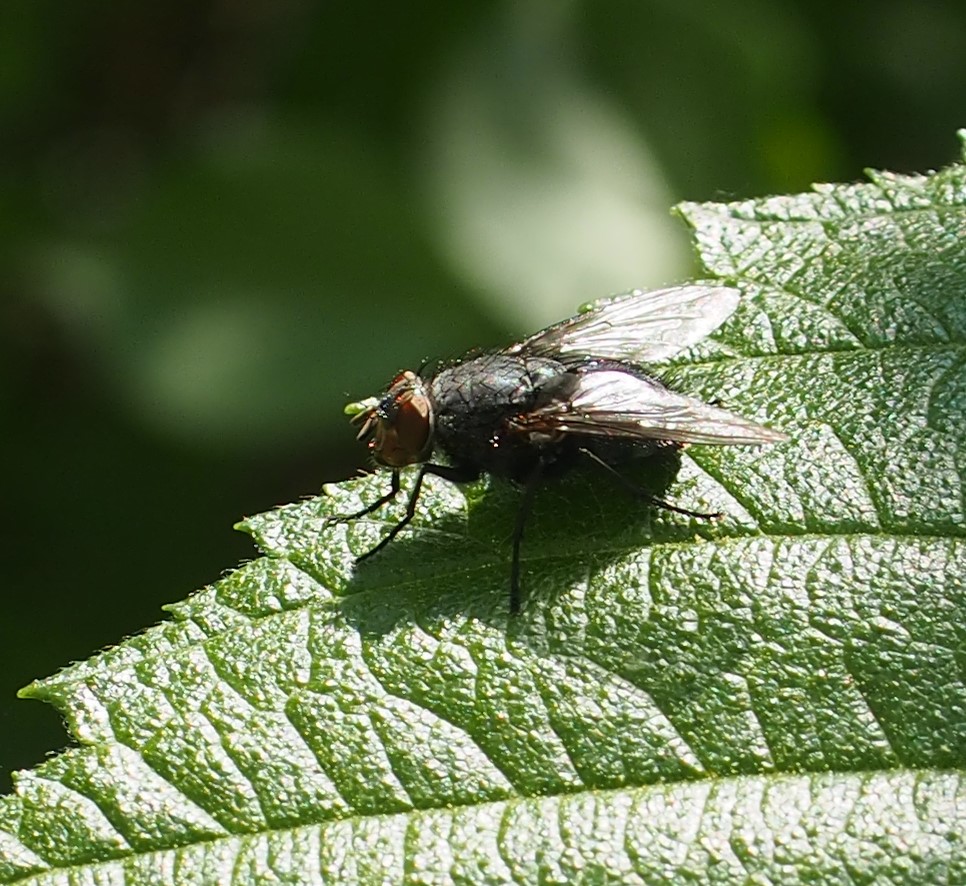
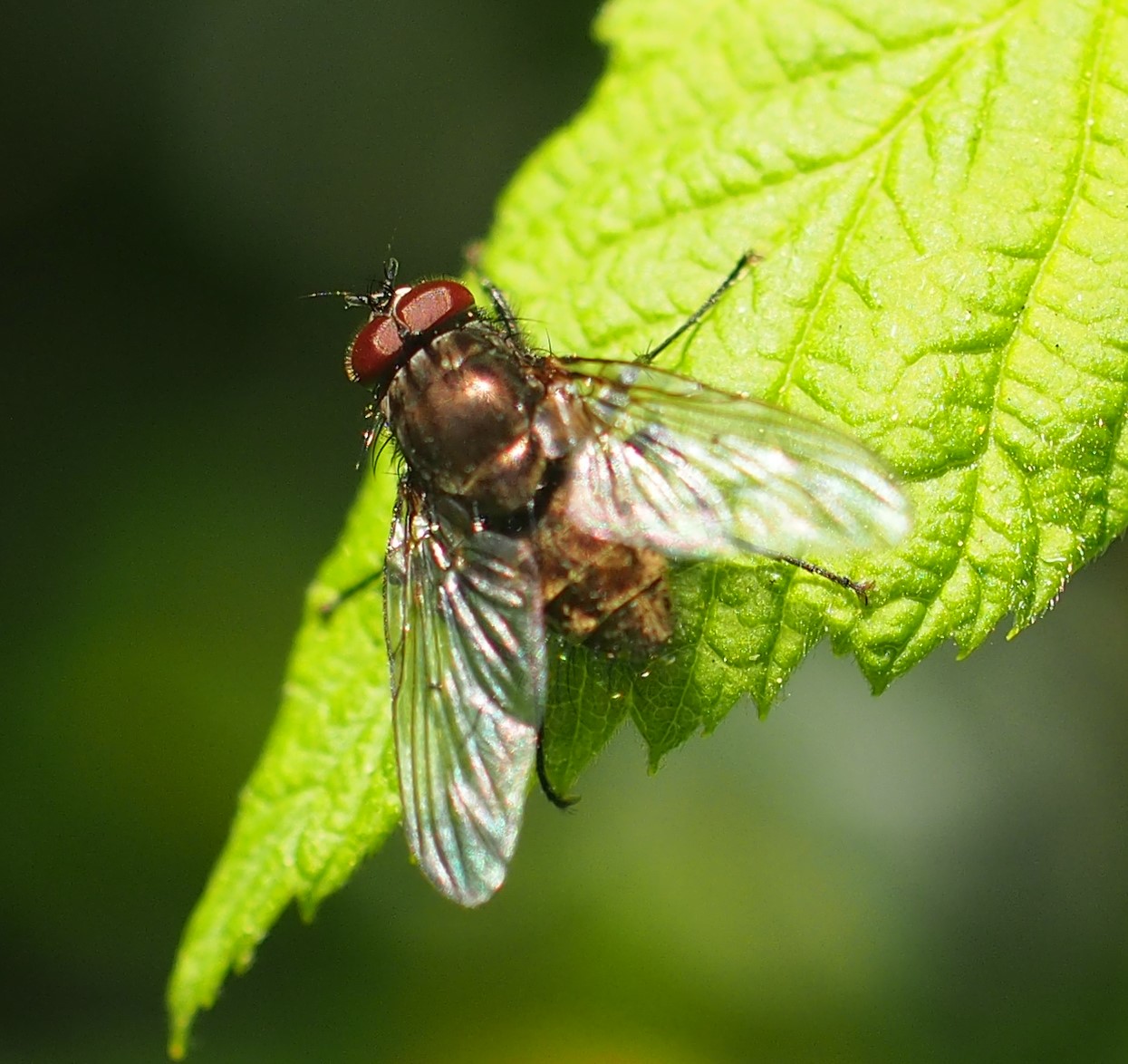
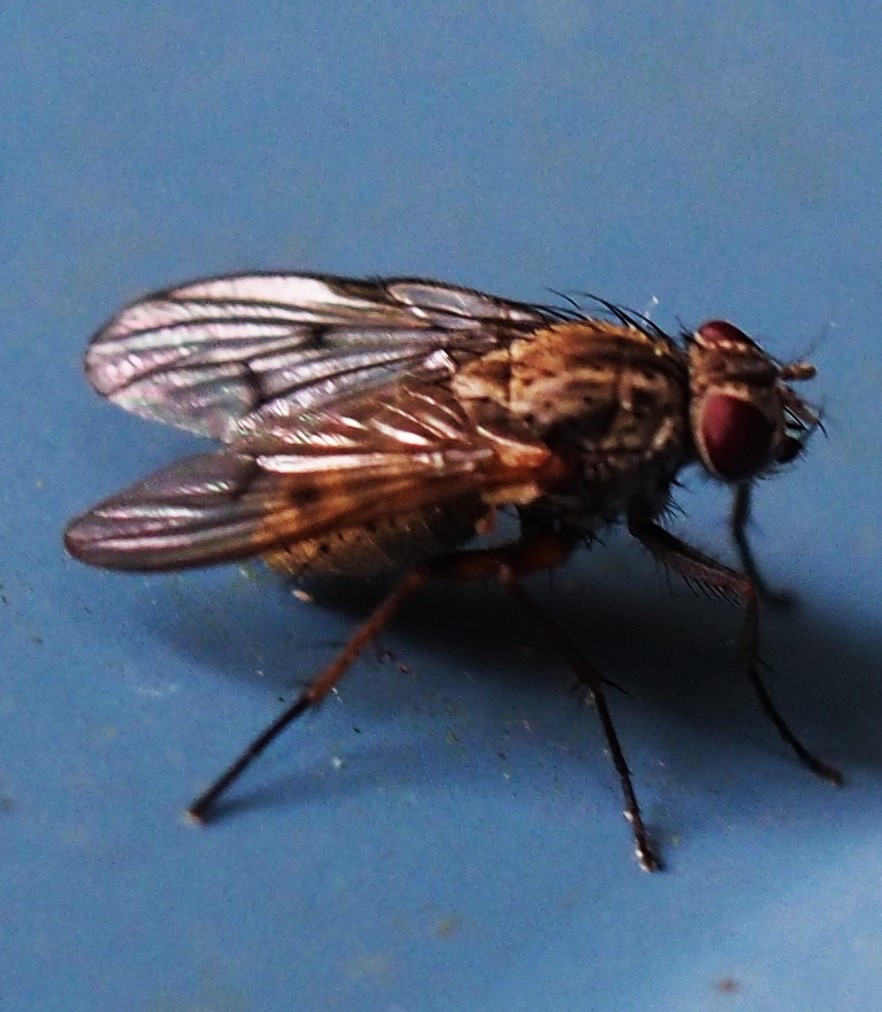
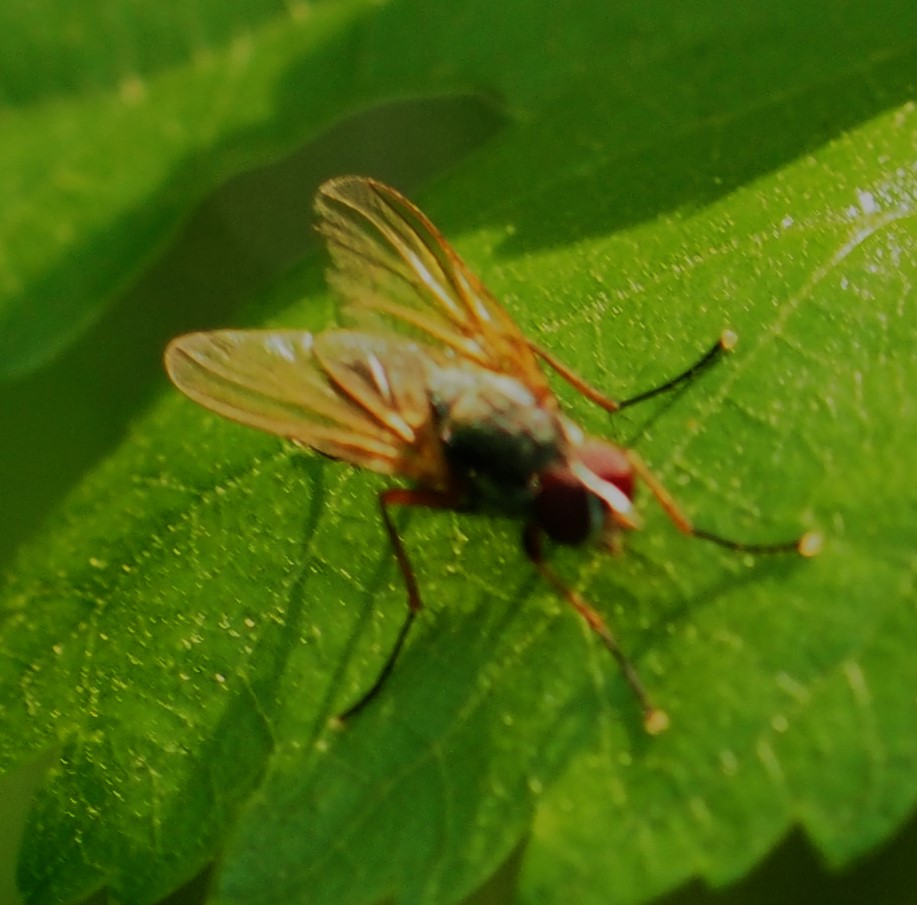
This first Fly was first diagnosed as a member of Sarcophagus, which means flesh-eating. The second, Sylvicola fuscatus, is one of the Wood Gnats. The third is one I don't know.
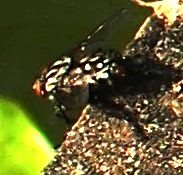
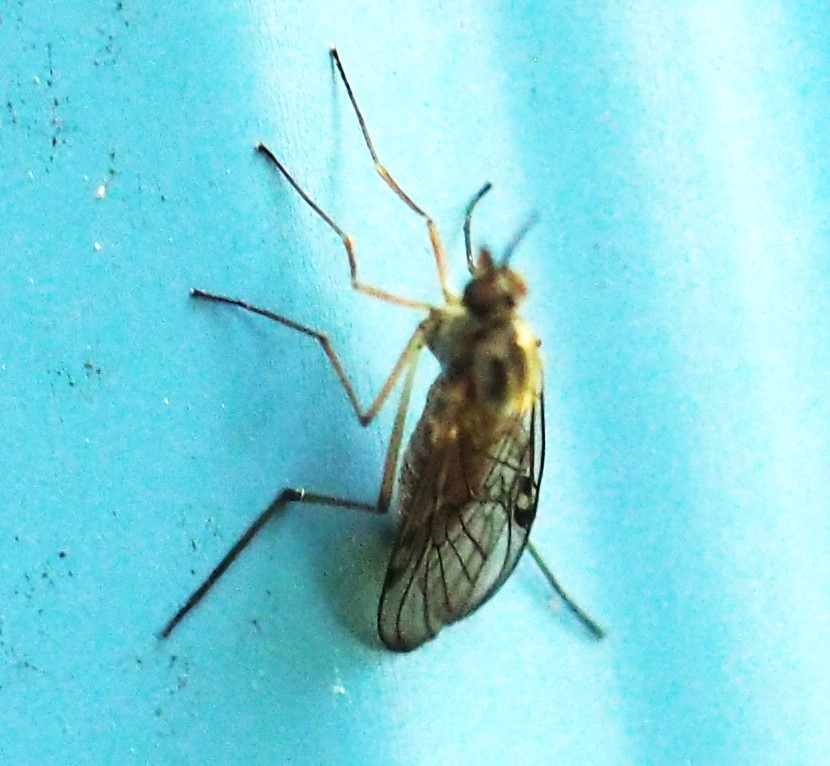

Here is one little Long-legged Fly with a real name Complex Condylostylus comatus. Take a deep breath.
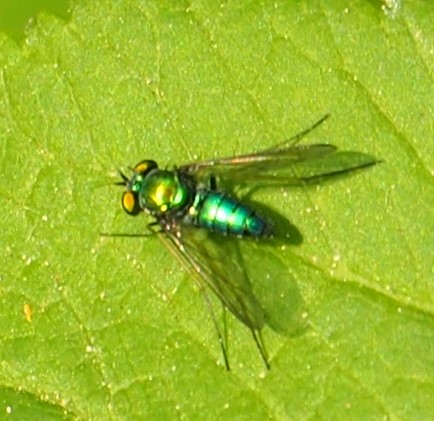
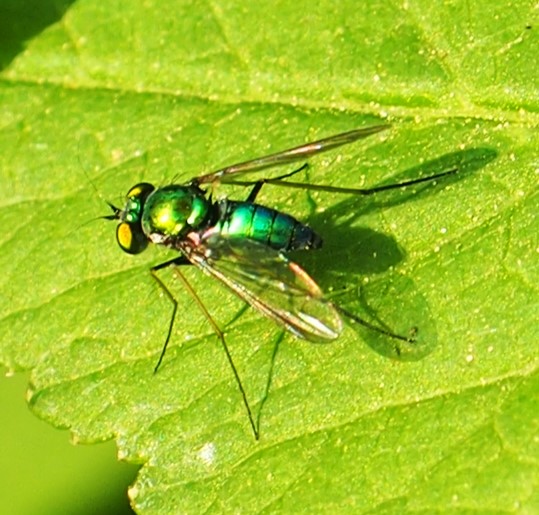
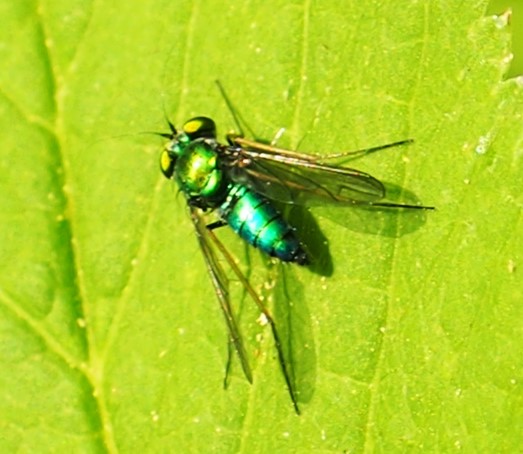
It is getting so that the Midges are turning into Mosquitoes. Here is an old friend, Aedes japonicus, the Asian Bush Mosquito. Those white marks on the legs usually indicate genus Aedes, so I think number 2 and number 3 are in there, but don't have a name for them yet.
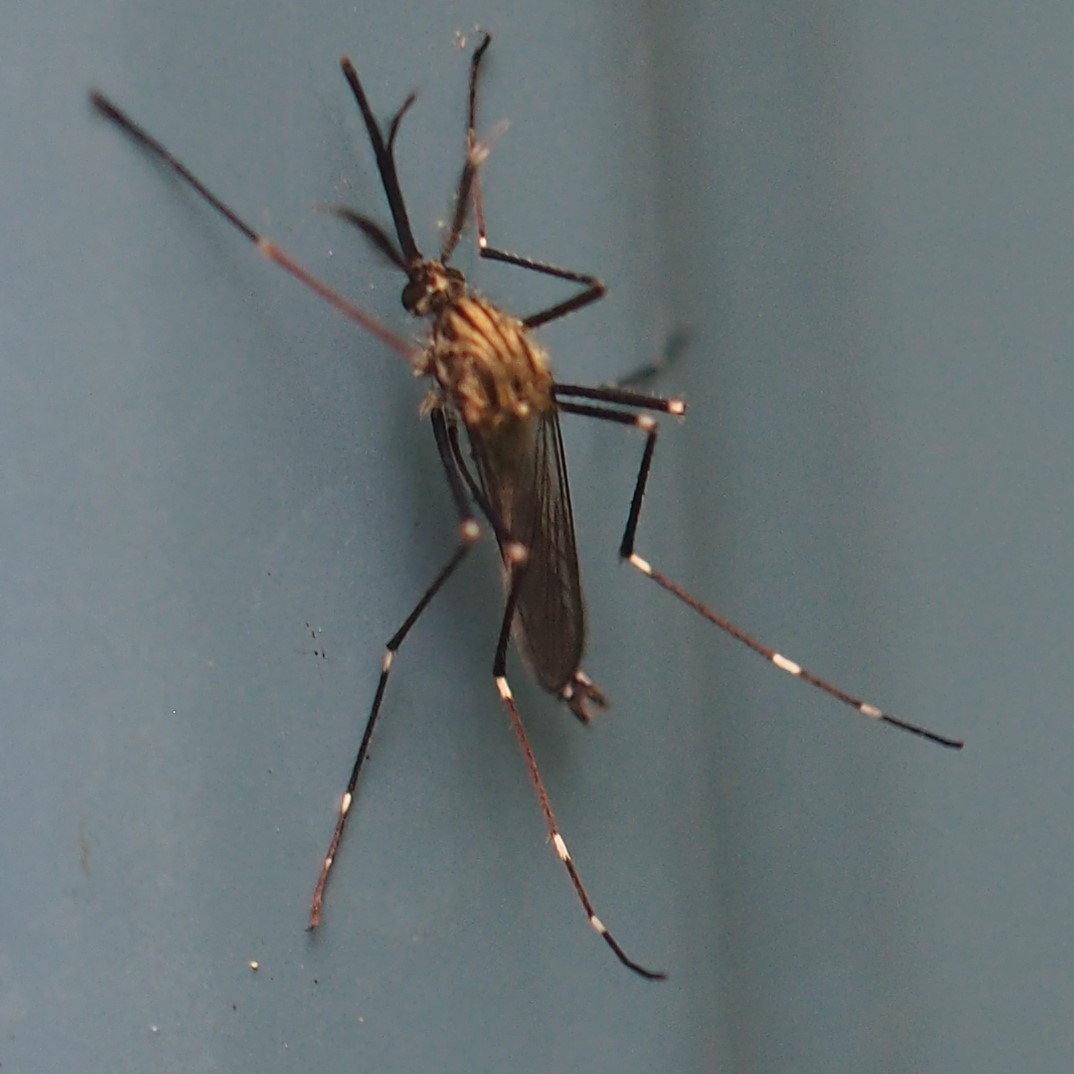
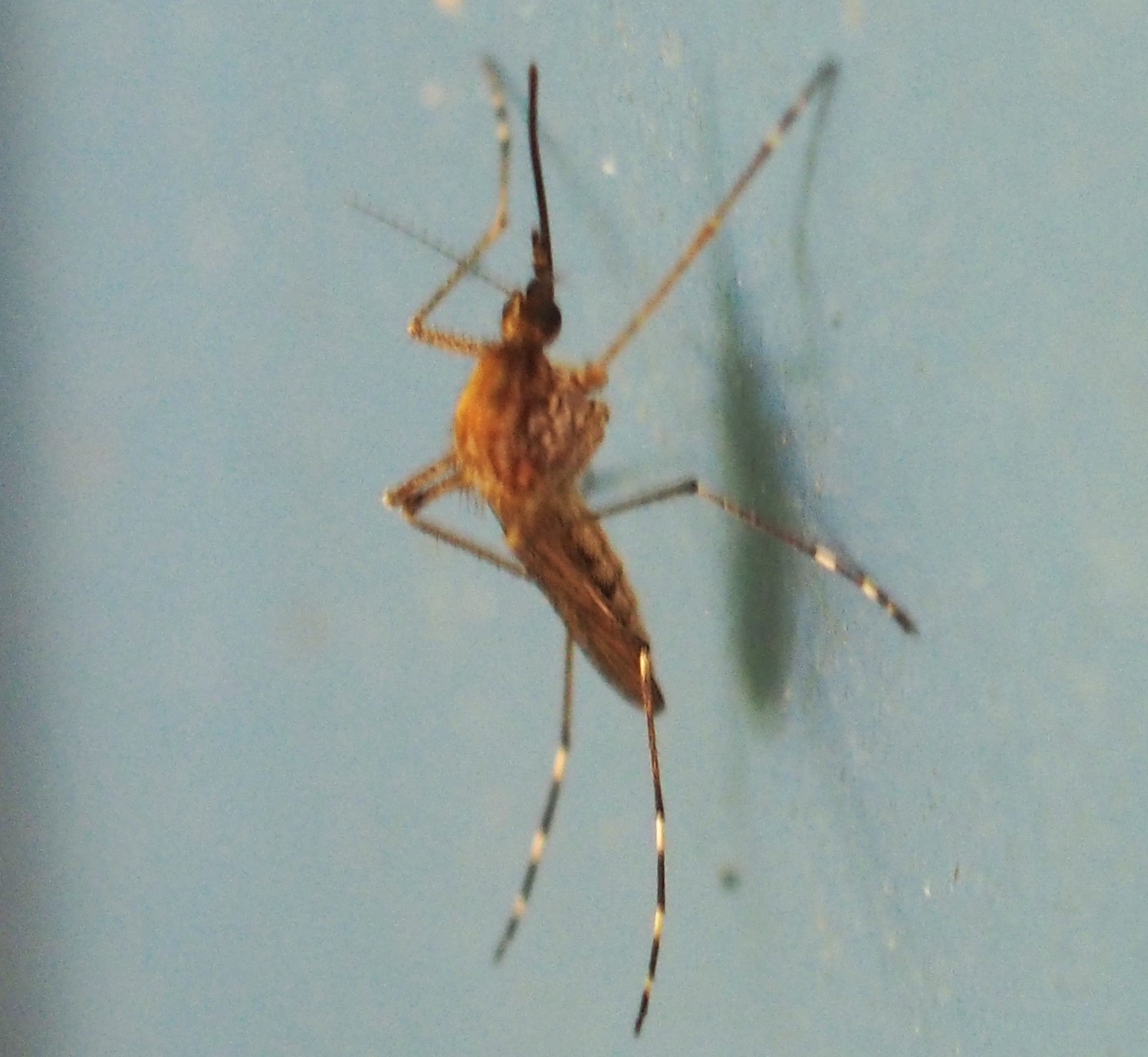
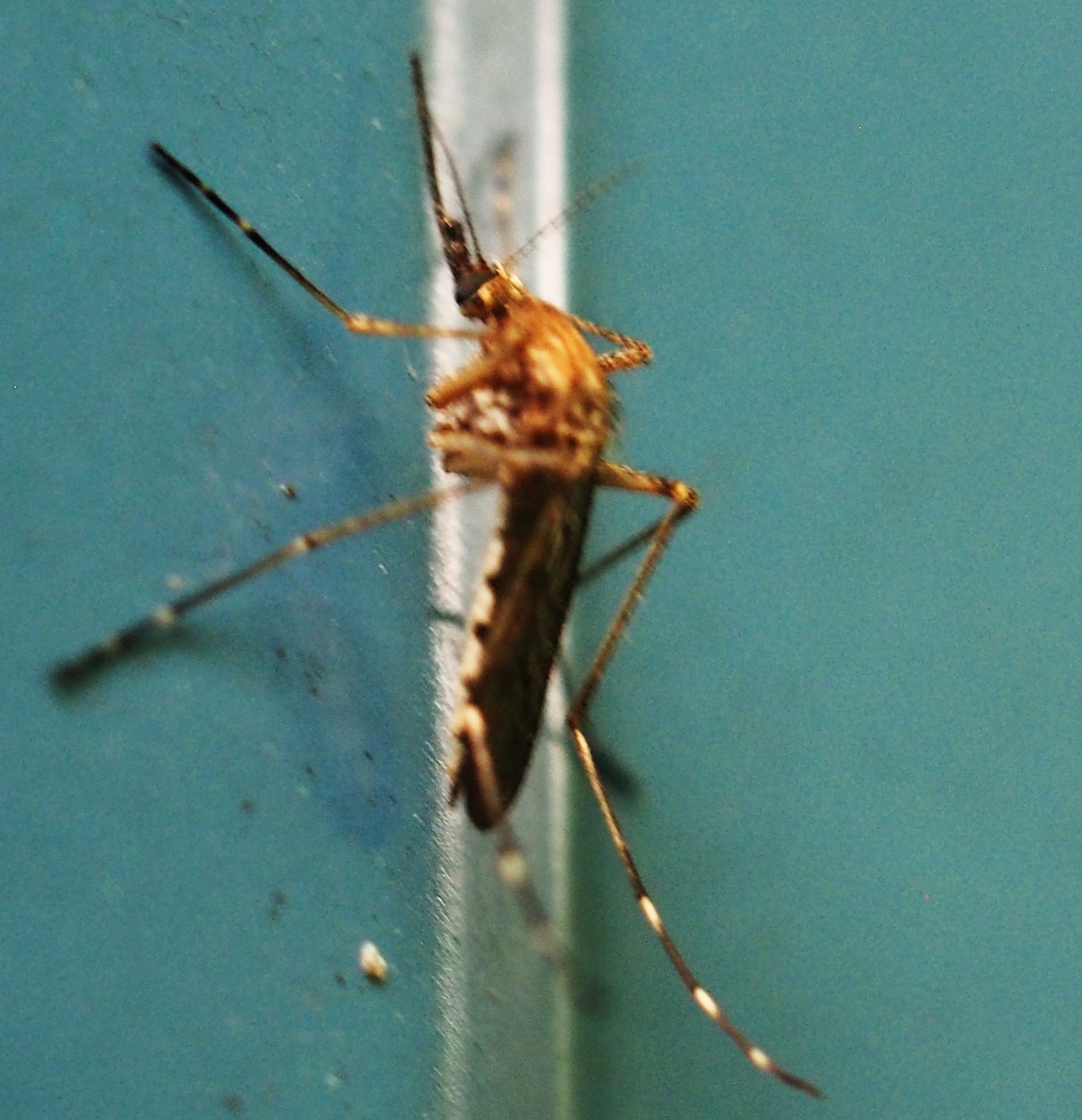
I don't know what's wrong with this Mosquito. It was way down near the ground on the North Wall and acting very strangely. I think it may be ill or injured.
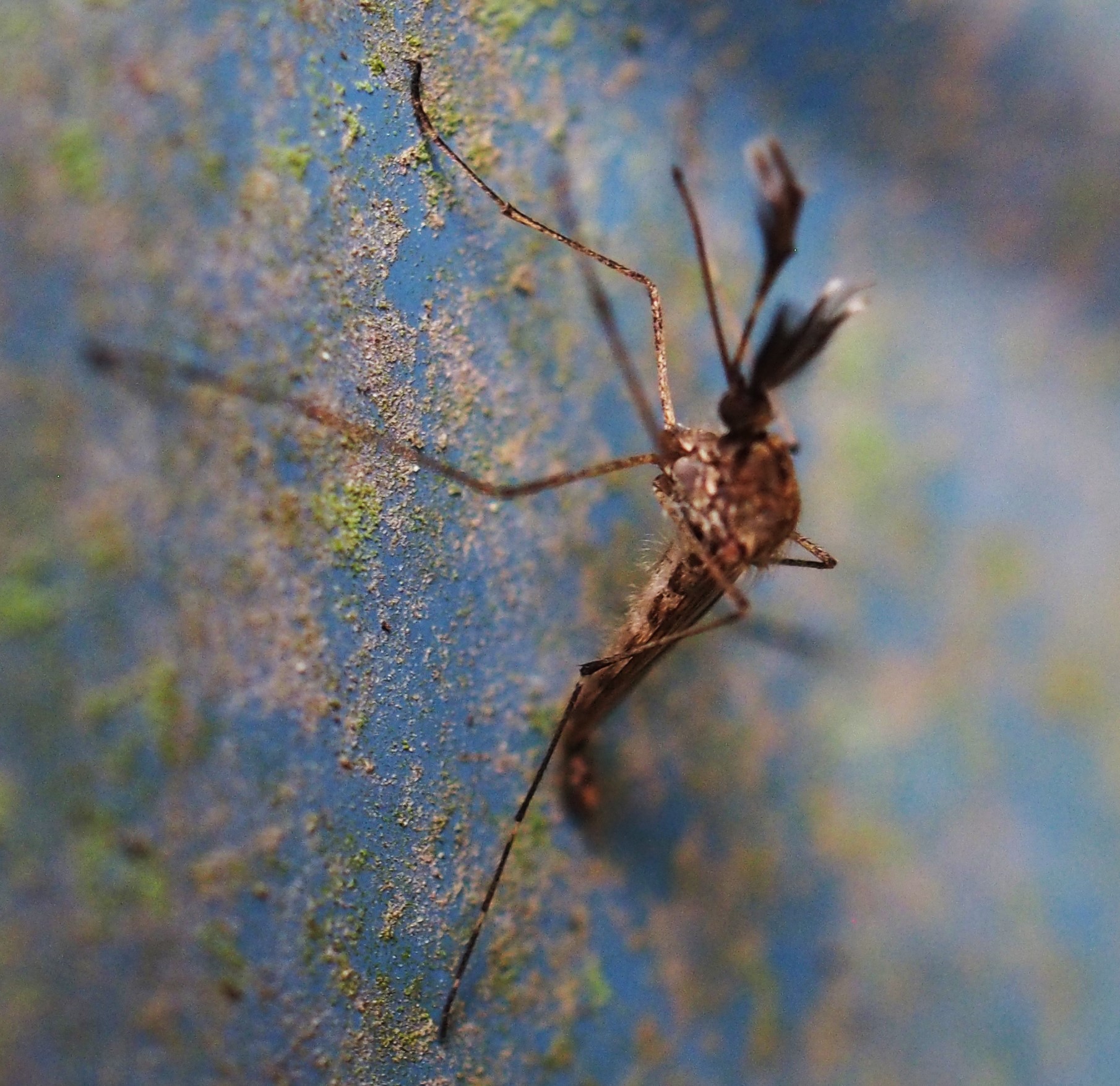

More mysteries. The ID app in iNat placed this first one in genus Chironomus. The second was called a "big-headed Fly". In case you miss the Fungus Gnats, here's one.

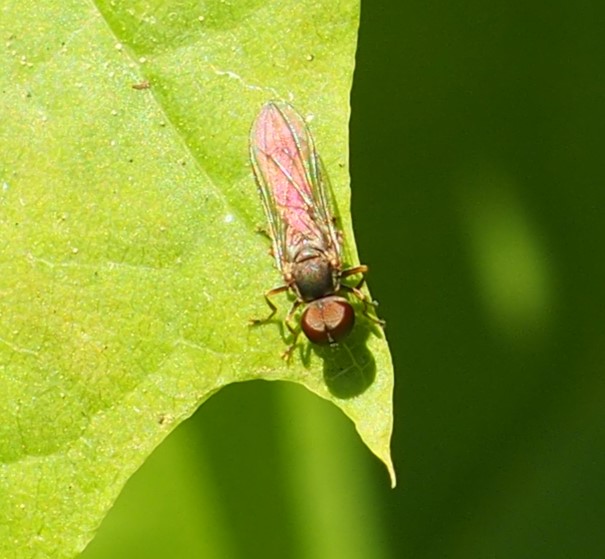
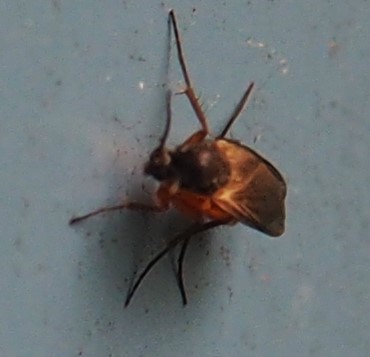
Here's a delicate little Crane Fly and a Larger one. The third one was identified as likely in Tribe Drapetini.
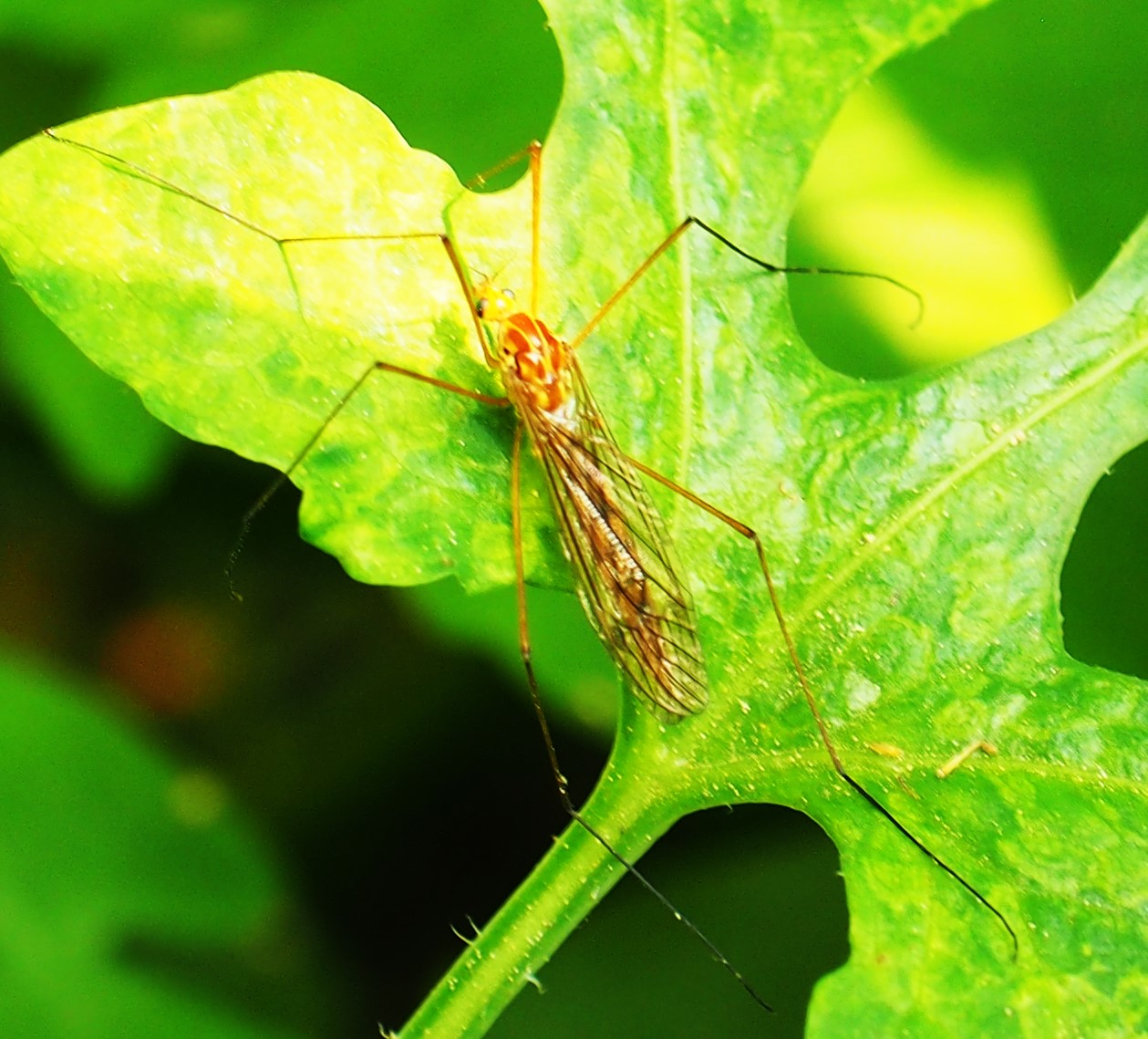
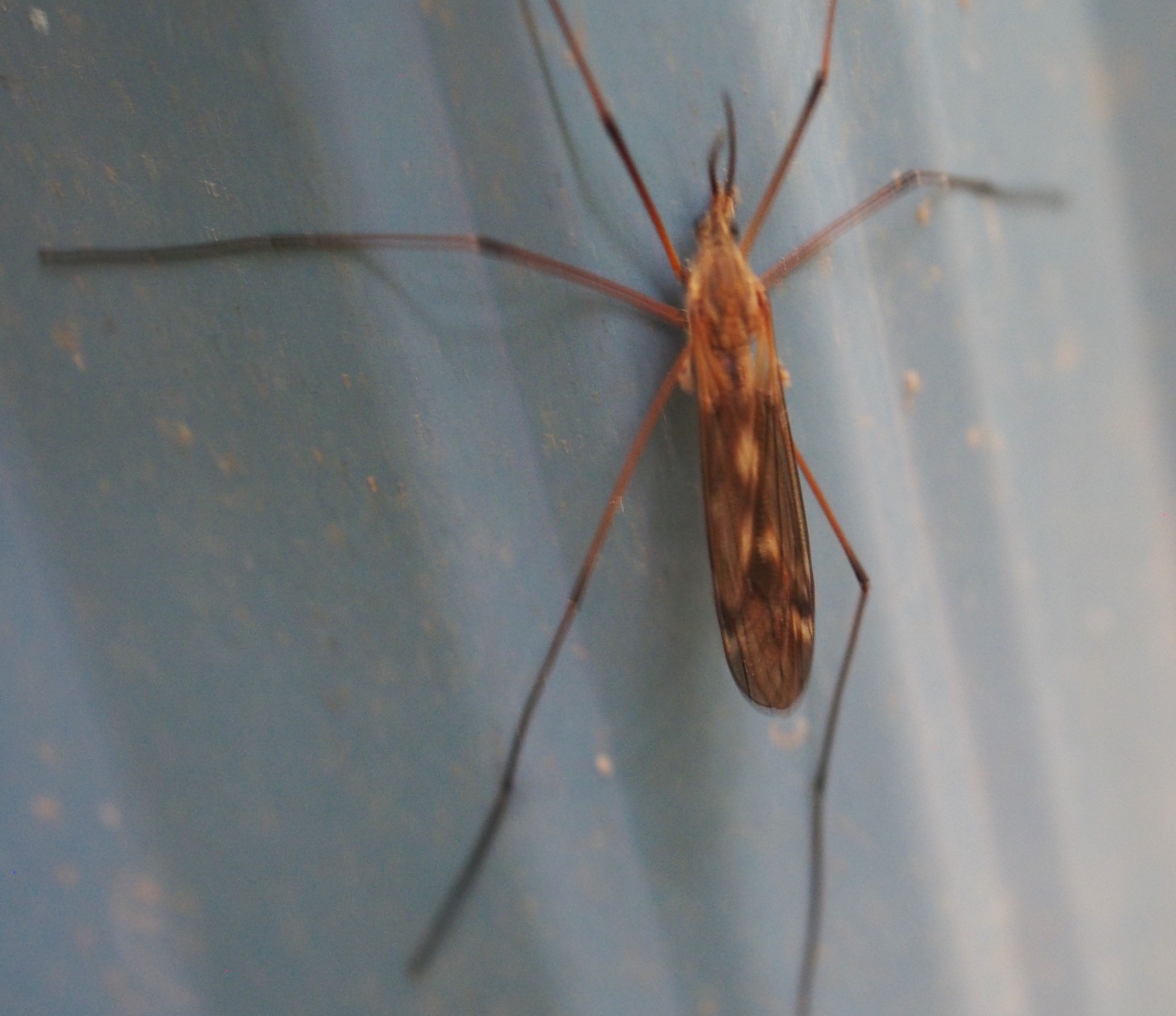
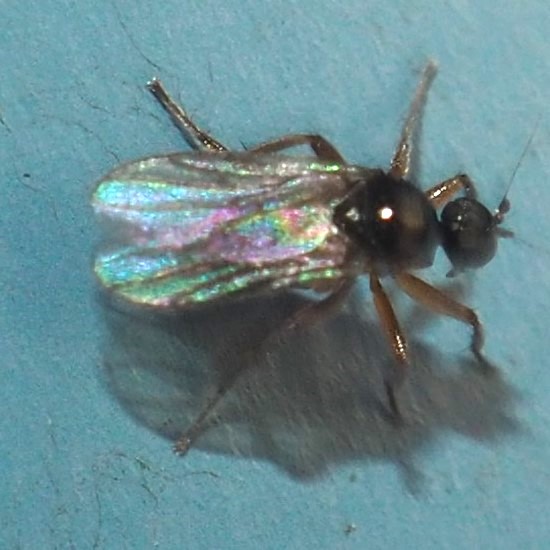
This little yellow-green Caterpillar was hanging right in front of my eyes yesterday afternoon. No word yet on whose larva it might be. But we all know now that the third is the caterpillar of the (formerly Gypsy) Spongy Moth.
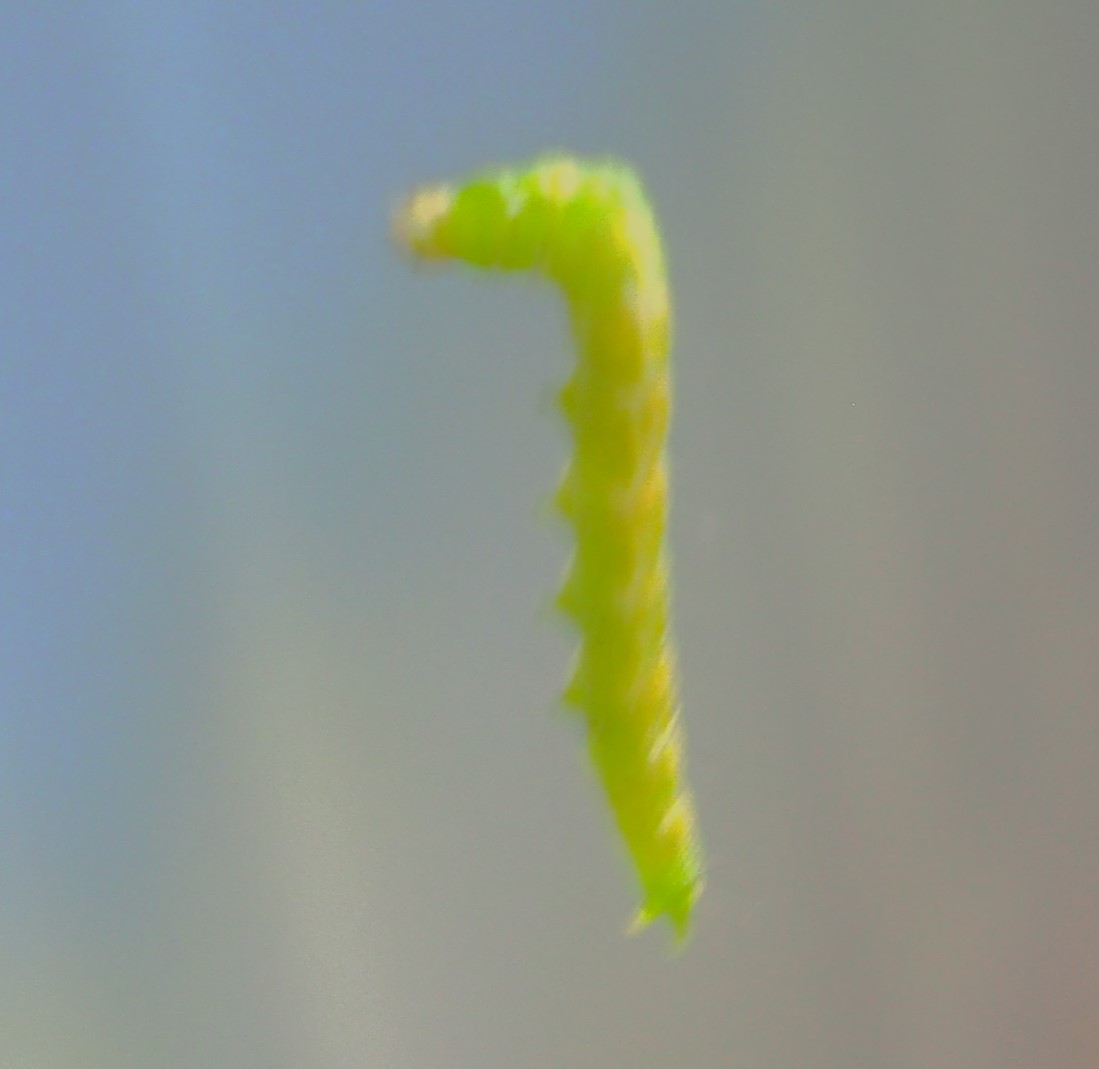
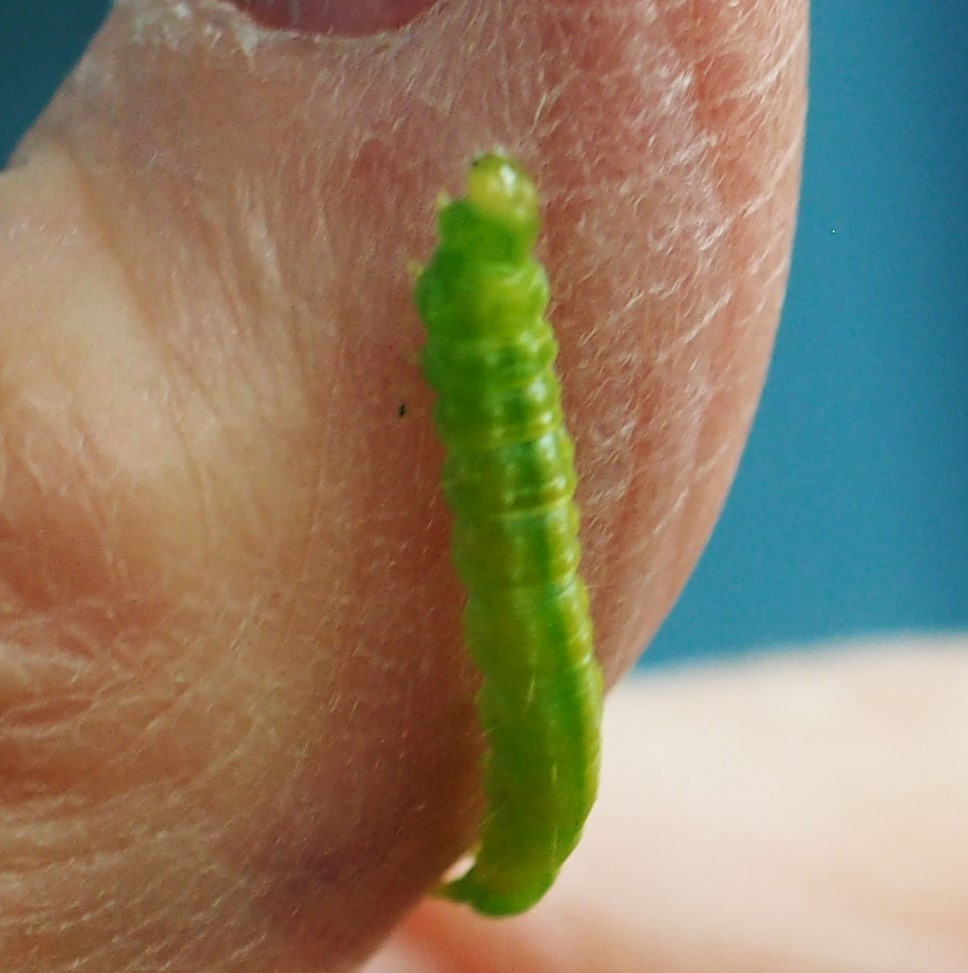
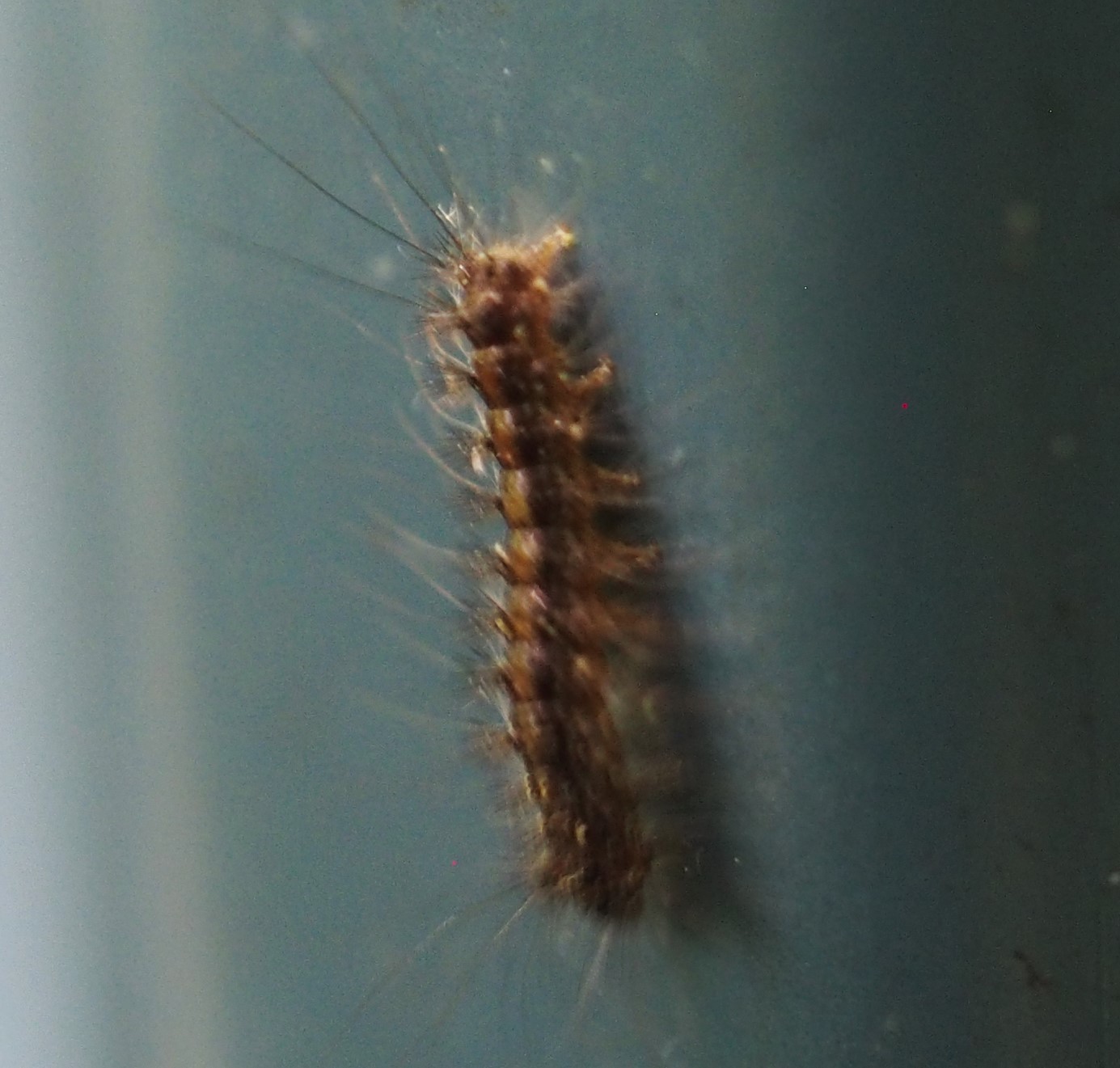
There were quite a few Moths themselves this week. This little brown one looks so much like others that I haven't a clue what it is. But the second one is a Norway Maple Pygmy Moth, and there was one every half-a-yard along the way around the Wall. I never saw so many of them! Third is probably another of those Leaf-miner Moths.
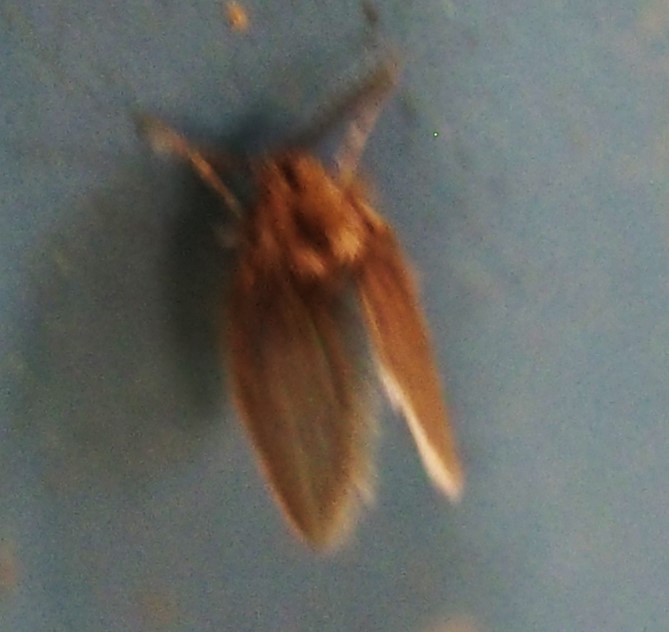
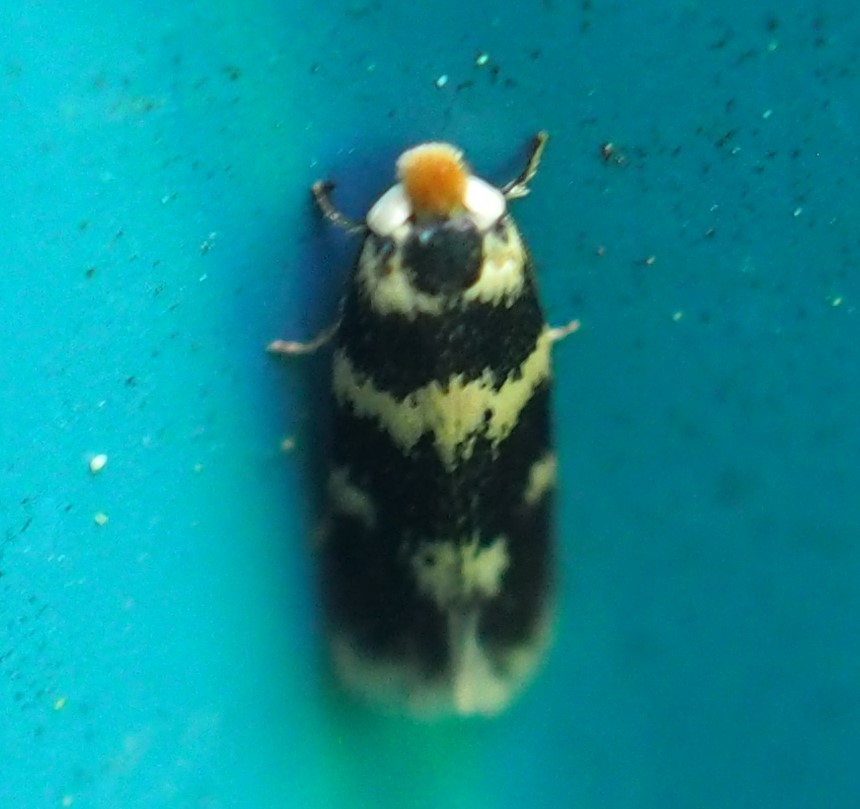

Here are two views of another Leaf Miner Moth, followed by another species.
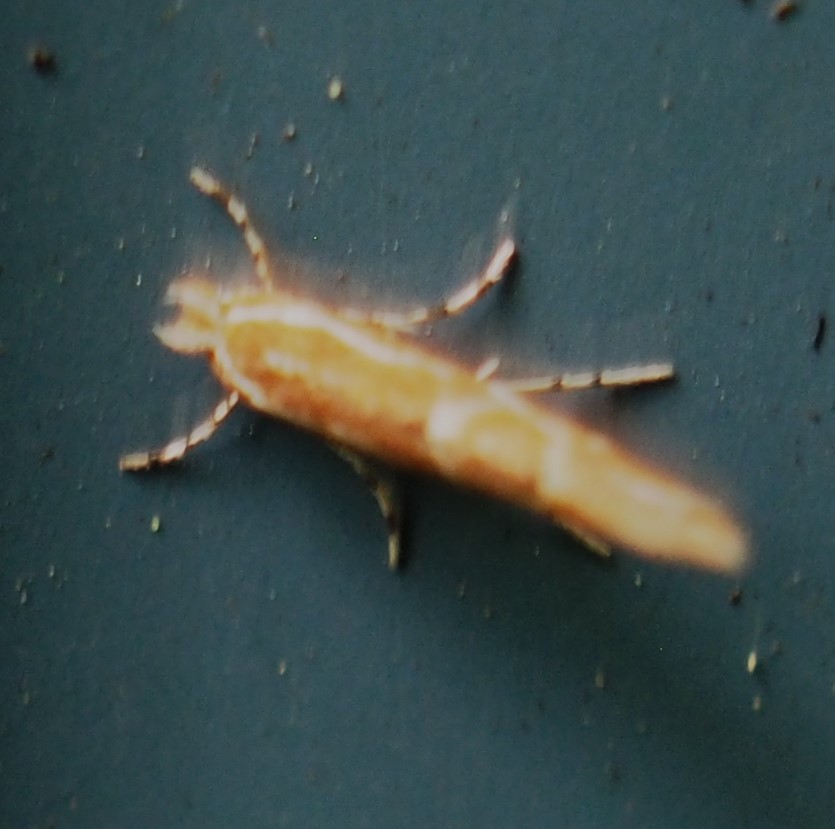

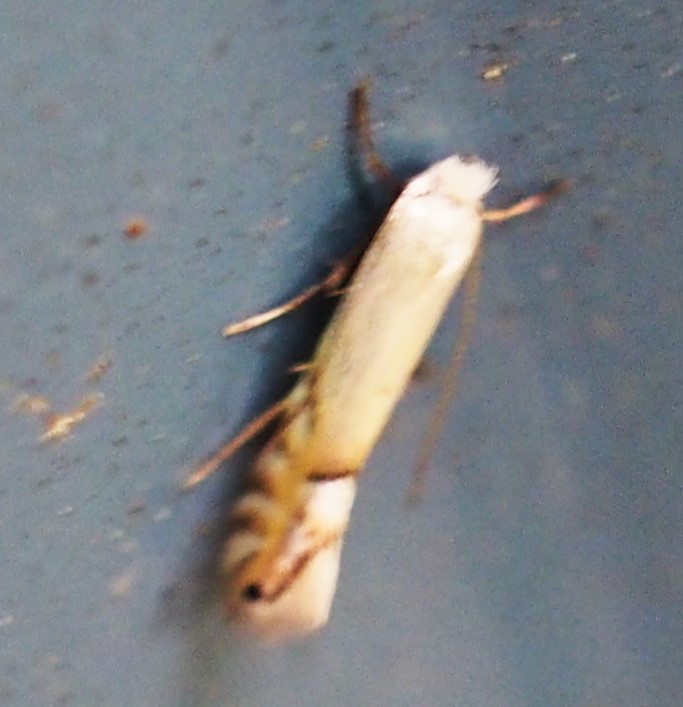
It's time for a Flower Walk! Let's start in the Back Yard this time. Yesterday I discovered something I had forgotten about for years. The Carpet Bugle Ajuga is doing well these days. And so is the Catchweed Bedstraw, which suddenly raised its head in a wthousand or more spots in the back yard. Third, we've already seen the Peony flower with its Ant friends.
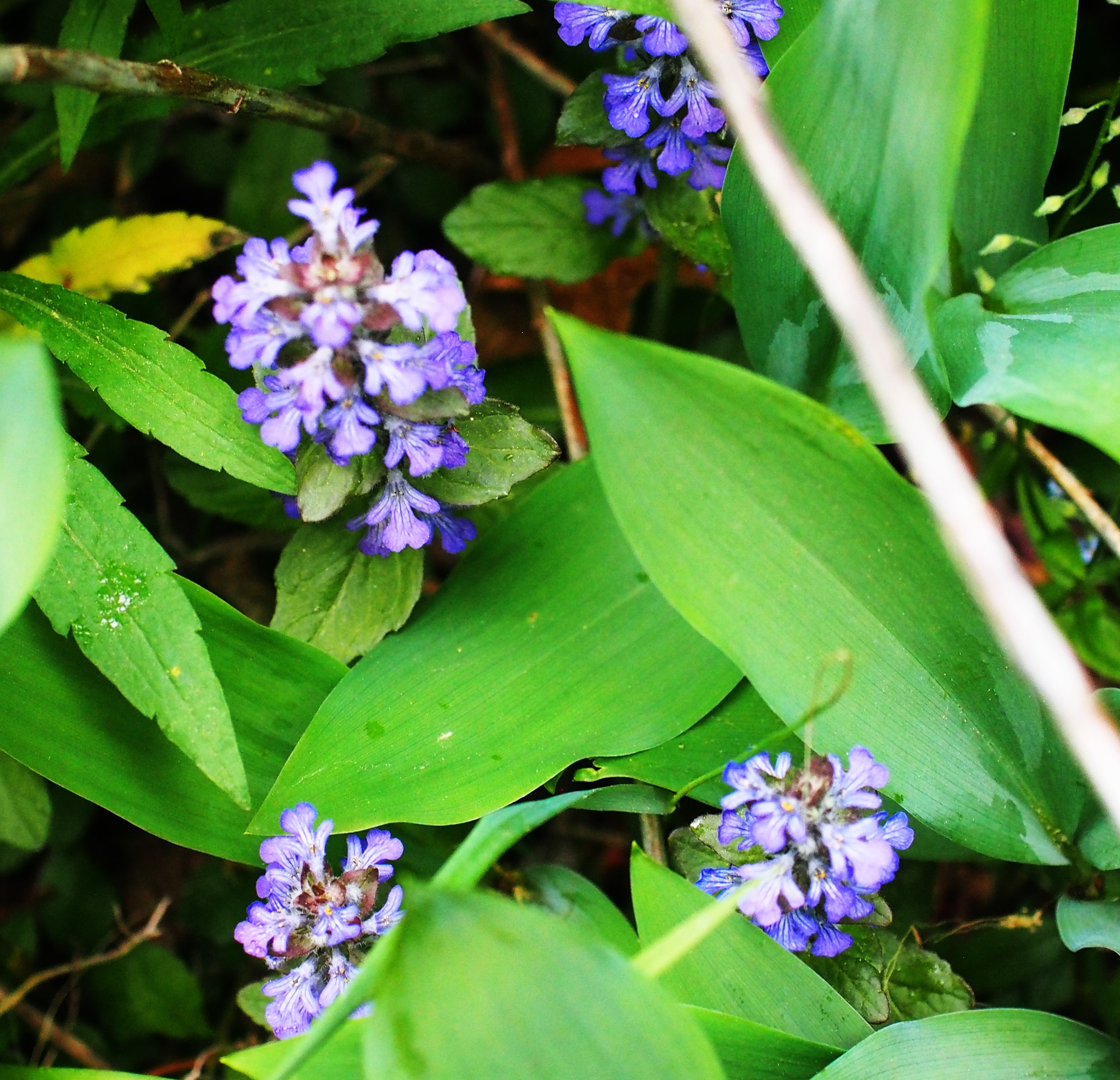

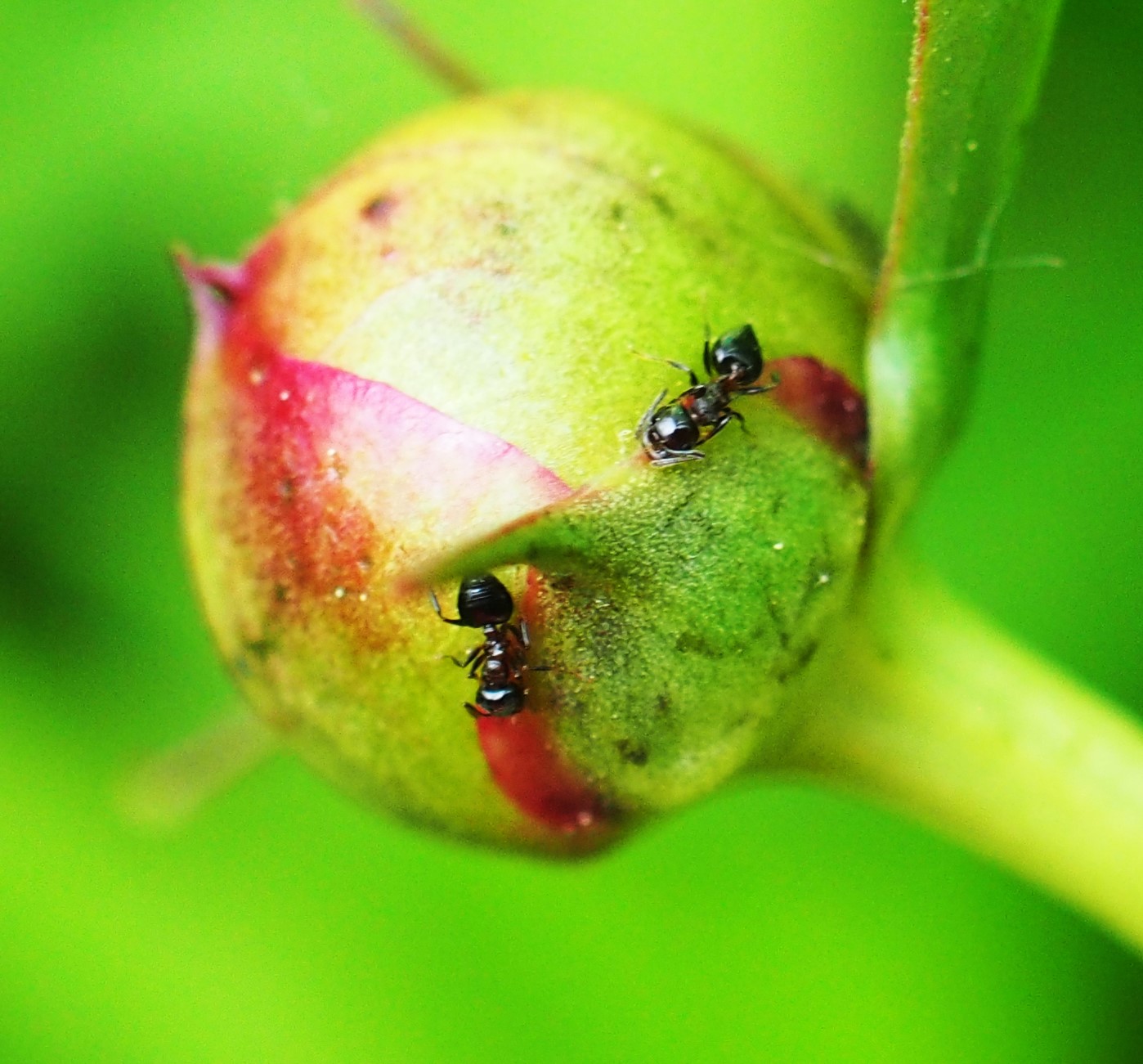
I had homework from a colleague to try to find the causes of the galls caused by those tiny gall wasps, but the Bur Oaks only came alive now, and suddenly some of them are already leafed out. This first picture shows some small egg-like things in the center, and picture 2 is an enlargement of that. Picture 3 shows some growth in the
Bur Oak saplings, but I don't know exactly what it means - maybe in a couple of days!

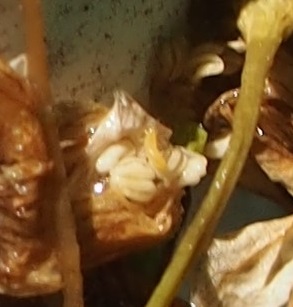
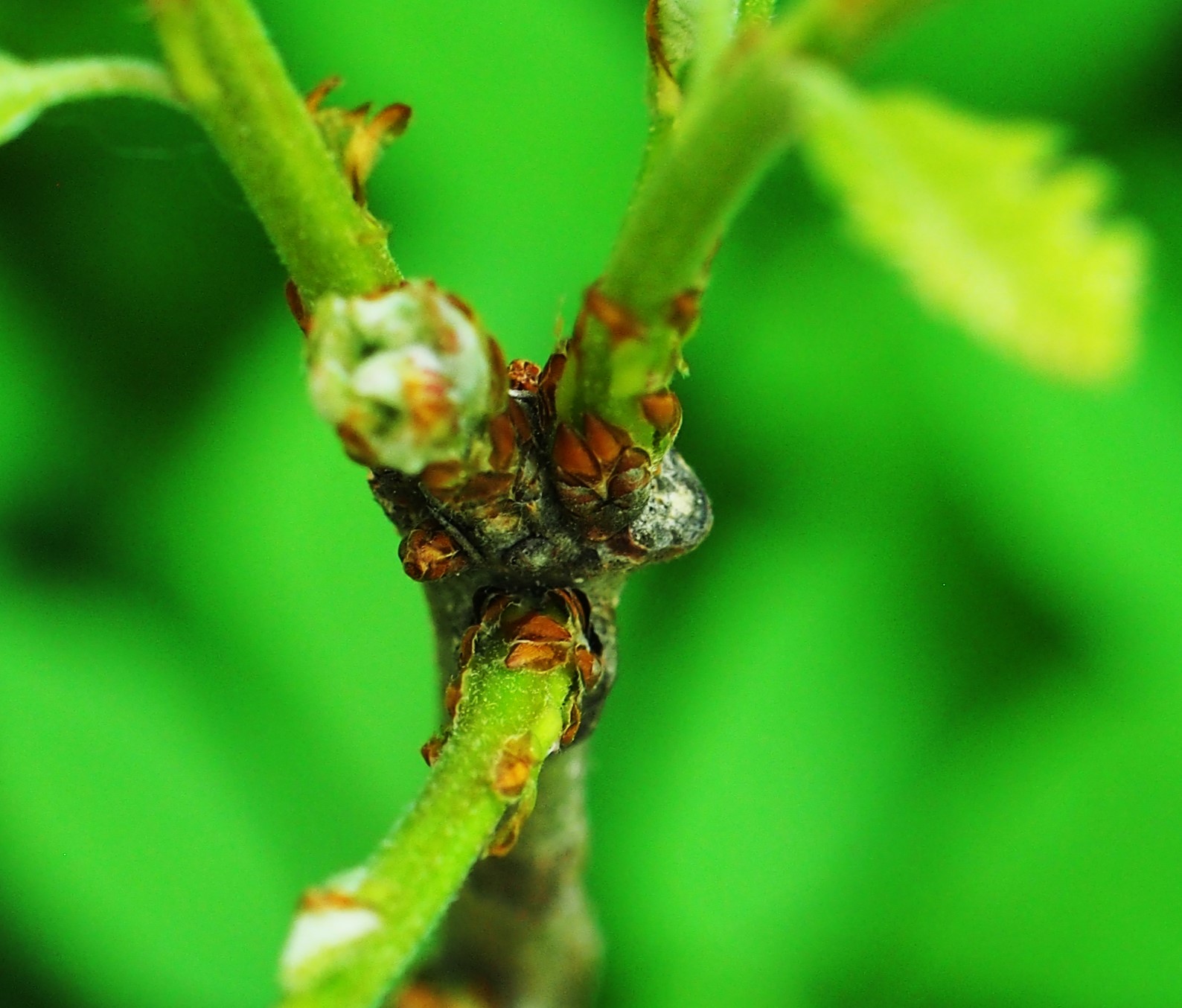
First here is a picture of one of the 5 Coneflowers I bought from the internet. Next, the Forget-me-nots which have gone from that tiny start of a few weeks ago to huge explosions now. And third is a mystery to me!
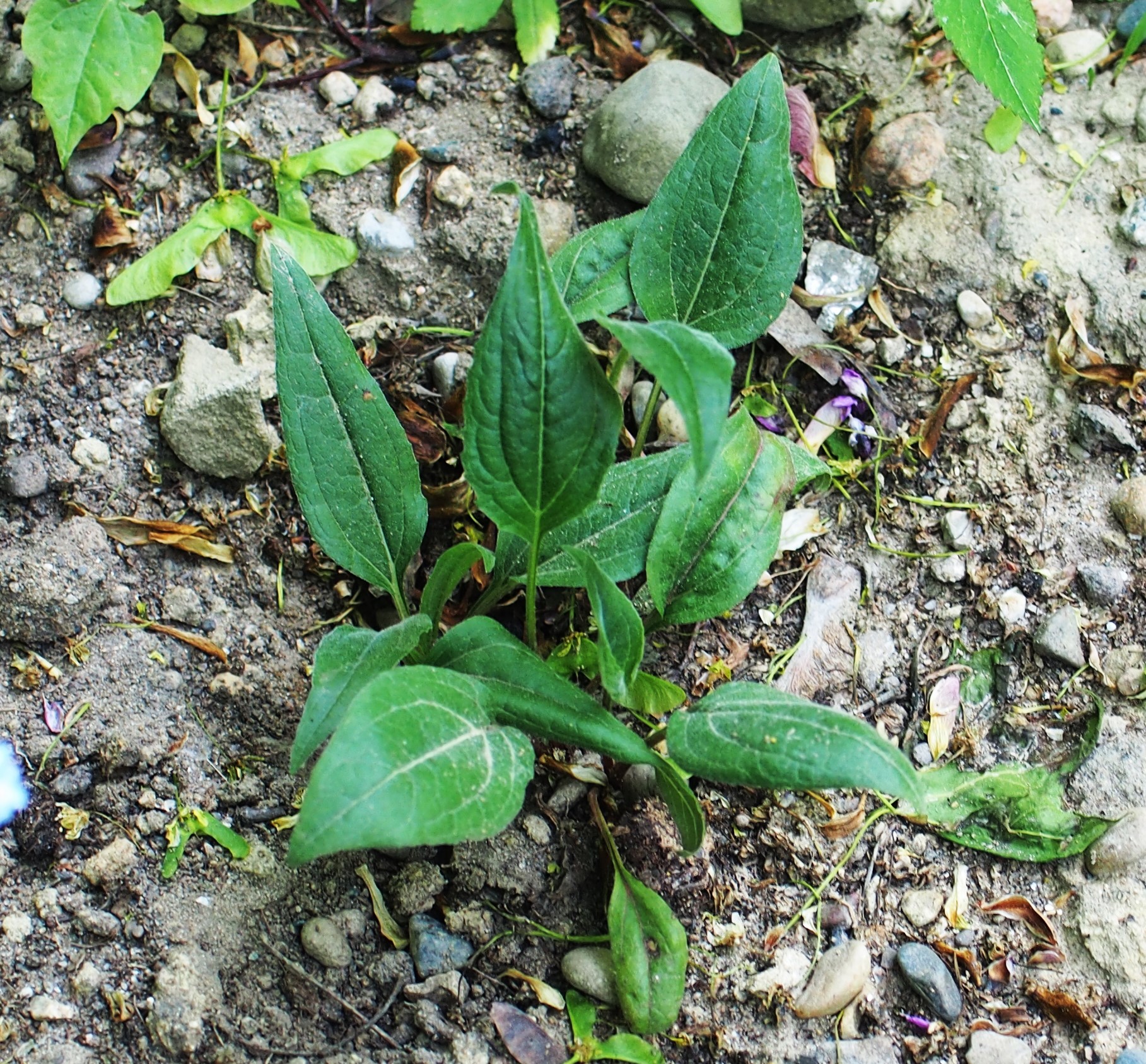
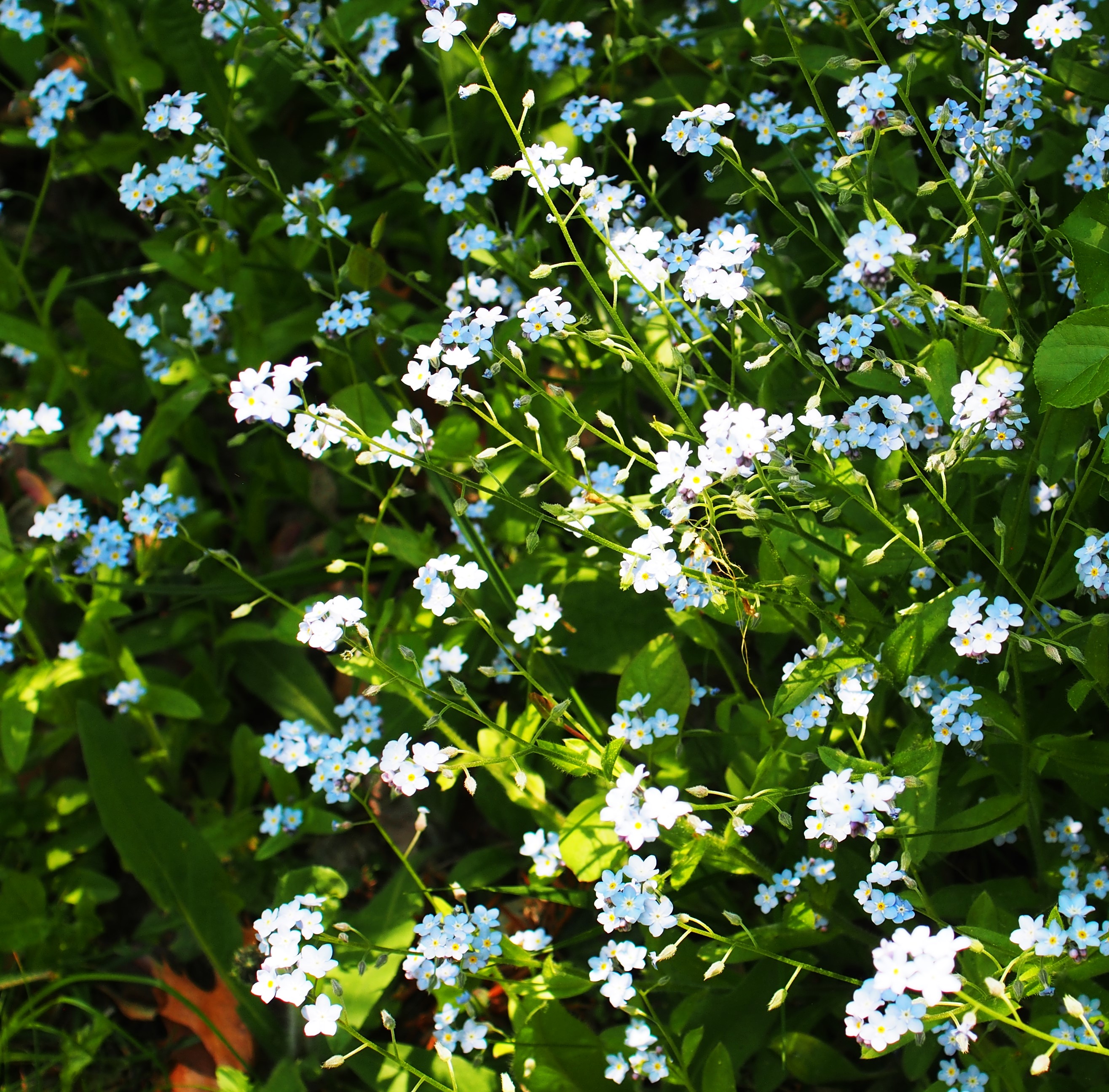
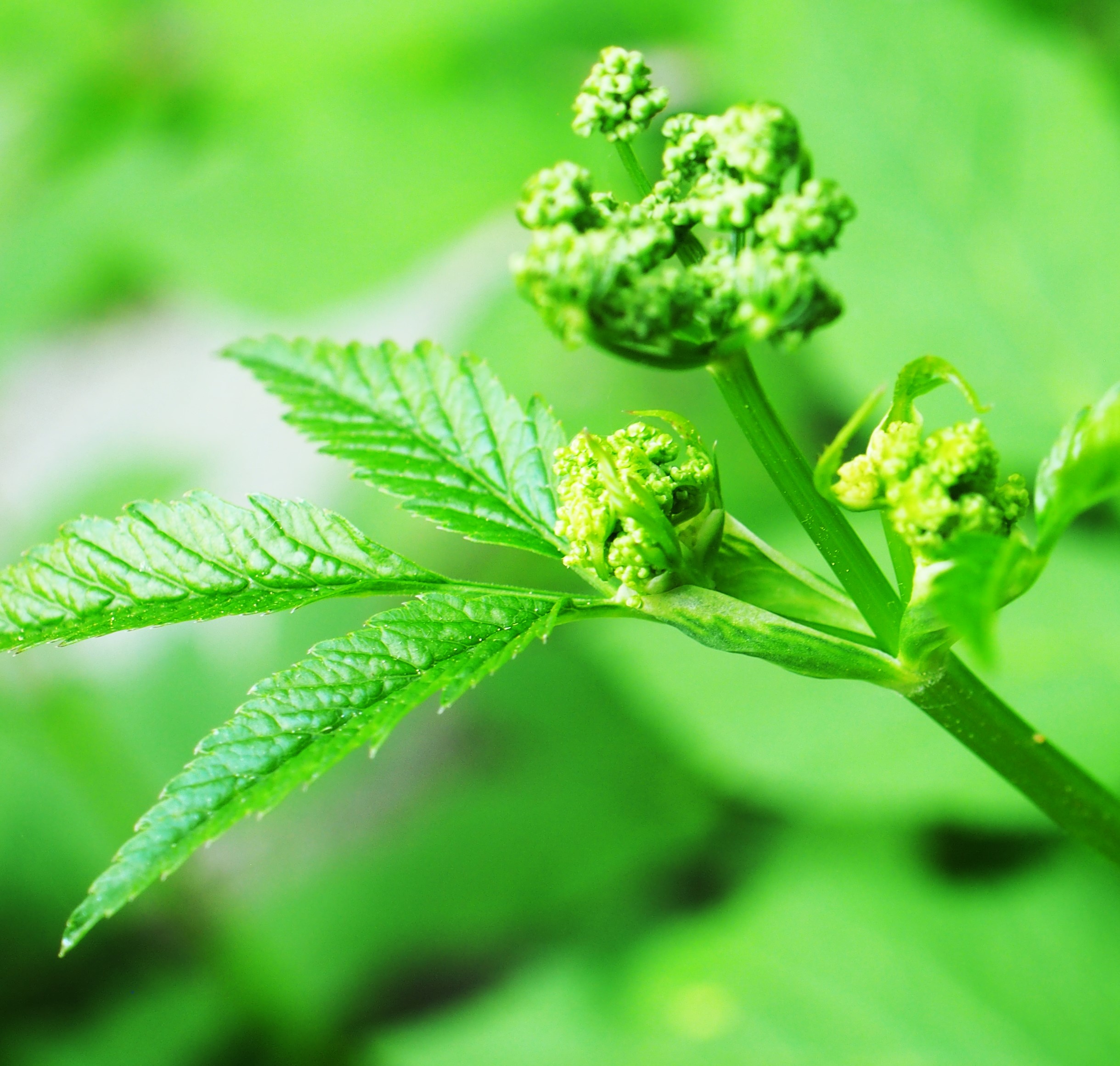
Still in the back yard, the Pulmonaria hasn't lost all its flowers even though the green and white leaves are enormous now. On the 14th, the Dame's Rocket looked like this second picture, and by the 18th it looked like the last one.
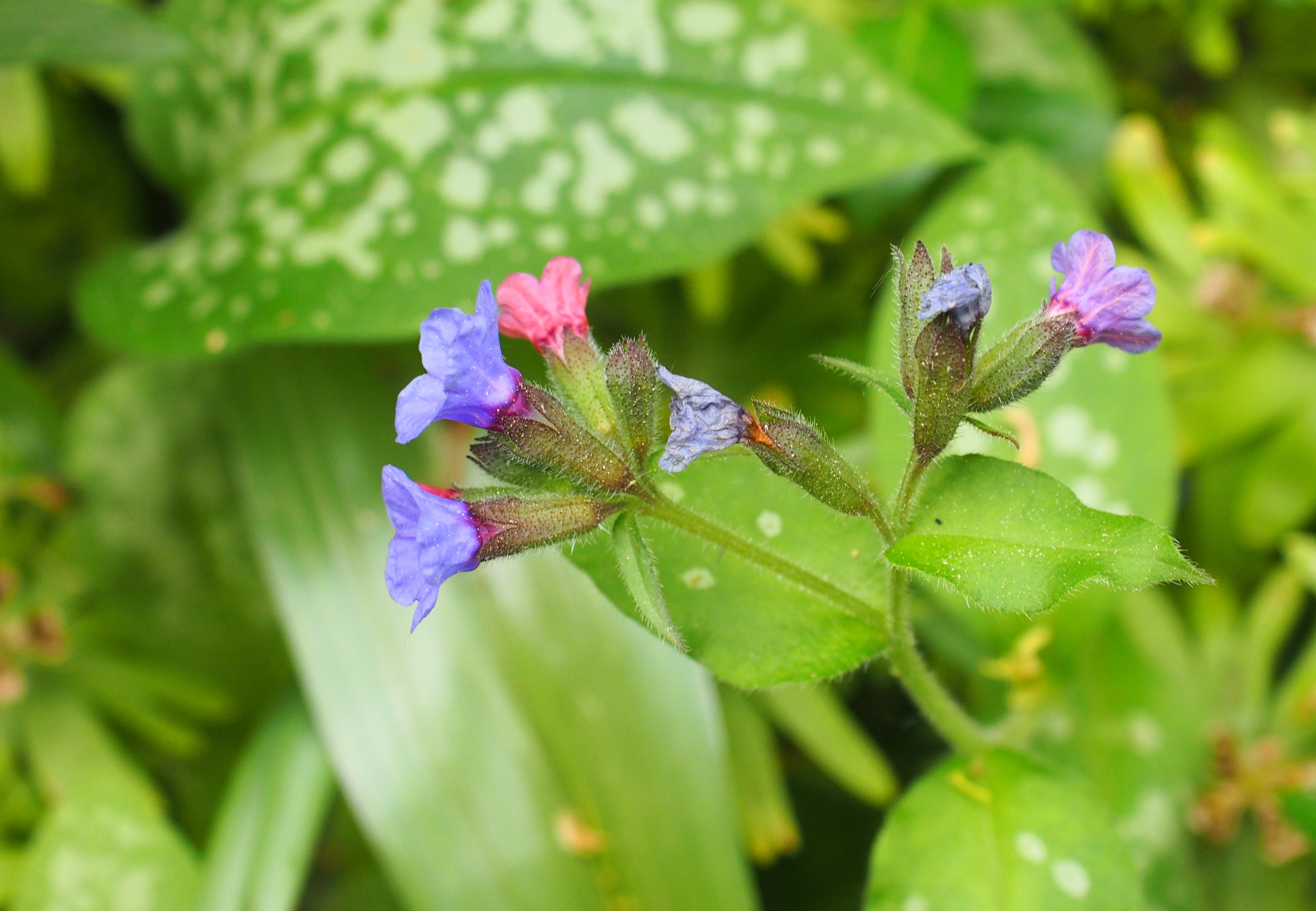


The Dandelions went fast from yellow flower to these seed puffs. Hmmm, sounds like a new Breakfast Cereal? Then, ONE blossom of Vinca minor. You don't want to see the rest! We're now racing from the back to the side yard. One of the first things you see is this crop of Ranunculus.
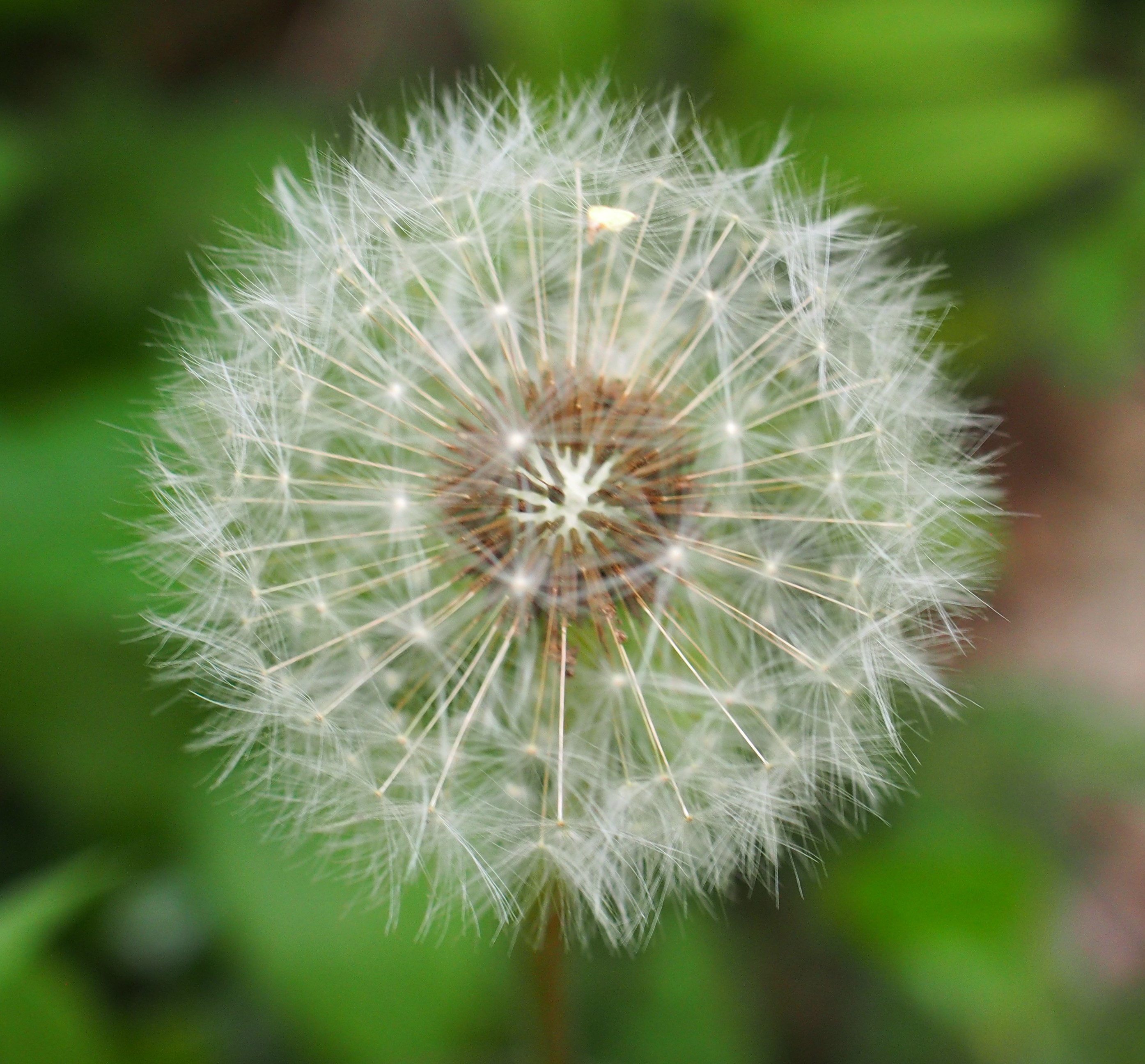


Just out of the gate are the leaves for the Japanese Anemones. I always wonder what that plant is, and then my memory jogs me and I look forward to those lovely flowers-to-come a bit later in the Summer. Just beyond those, the Black Raspberries are already budding. And the columbine is still taking its sweet time!
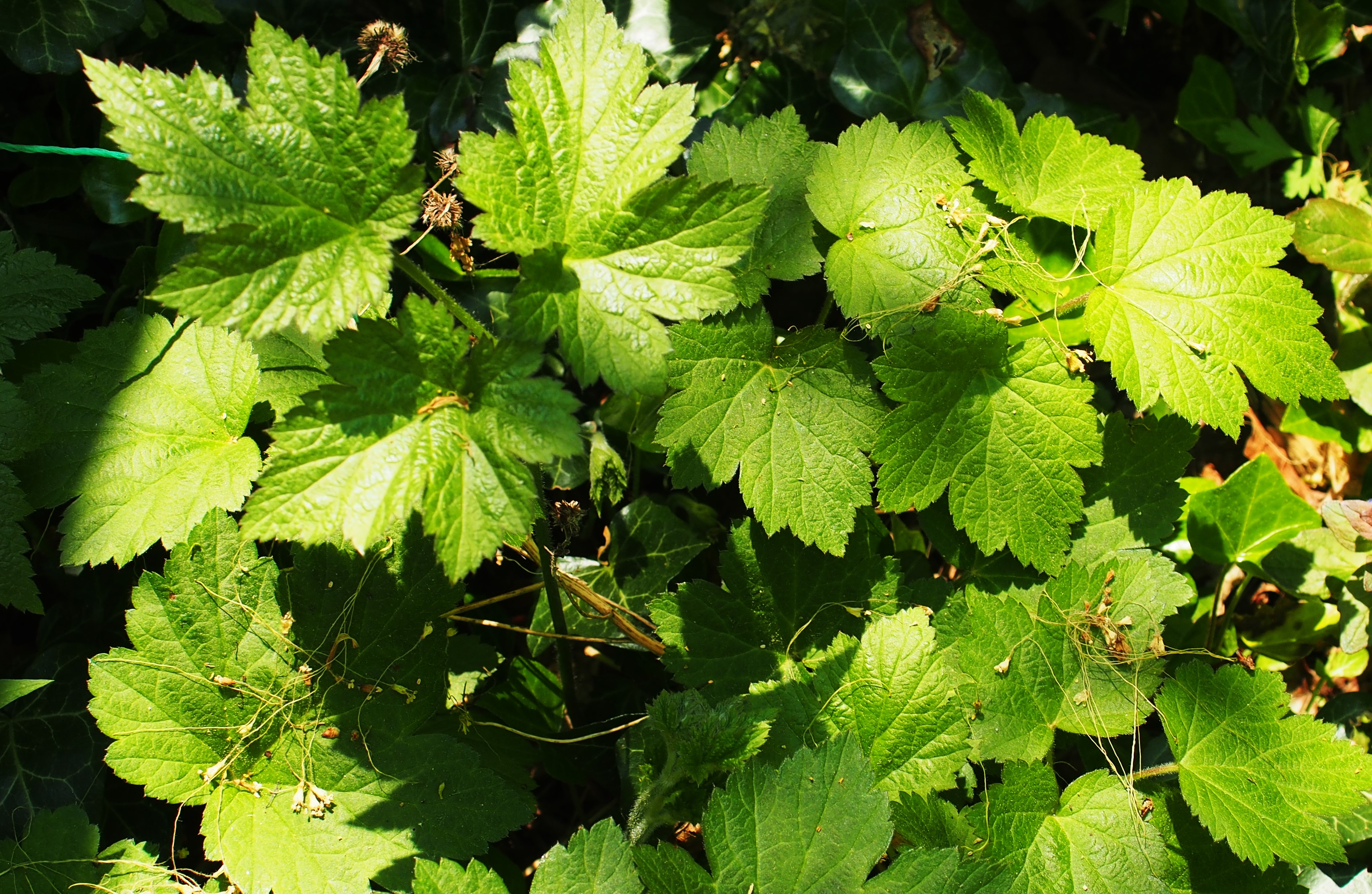
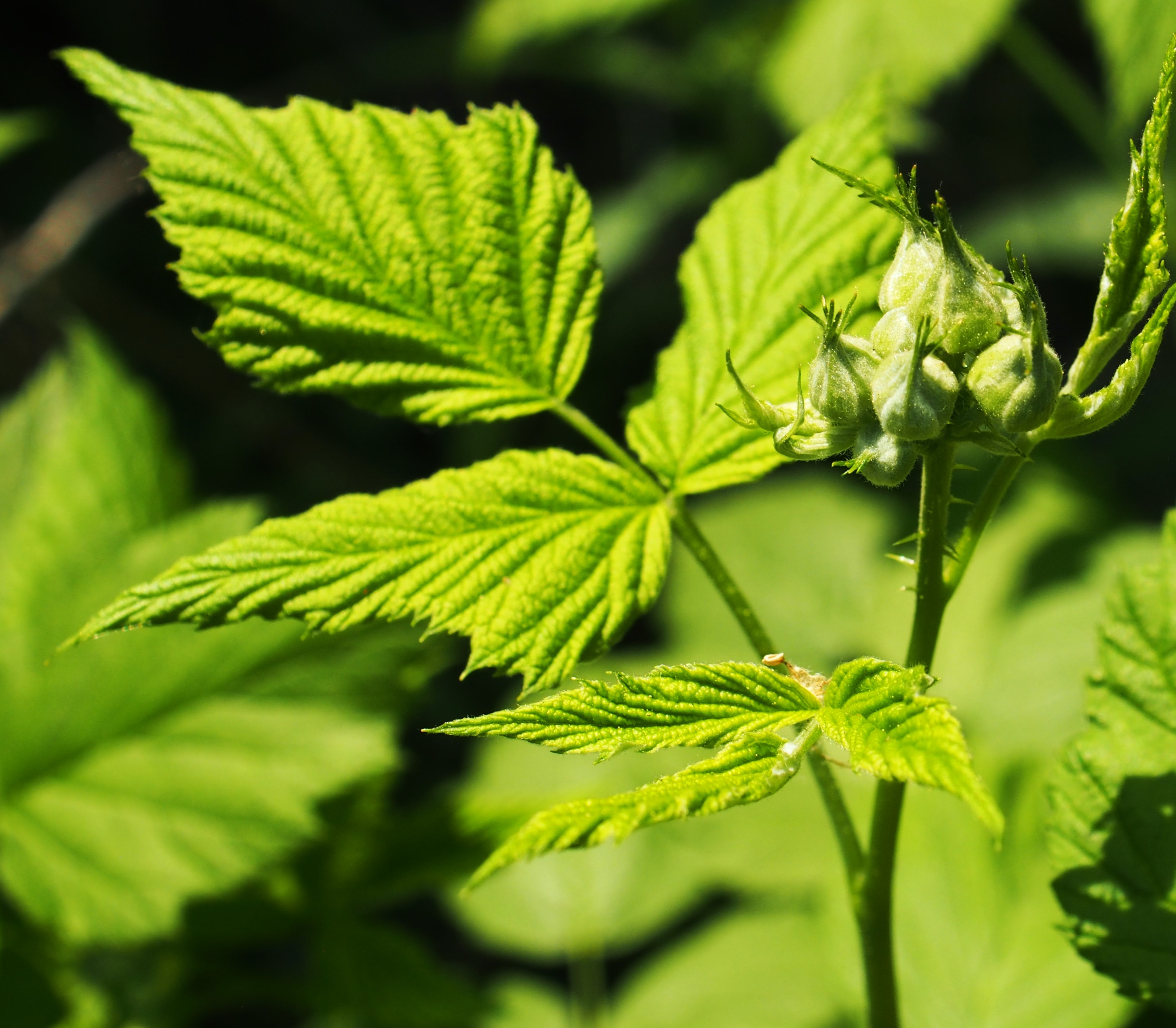
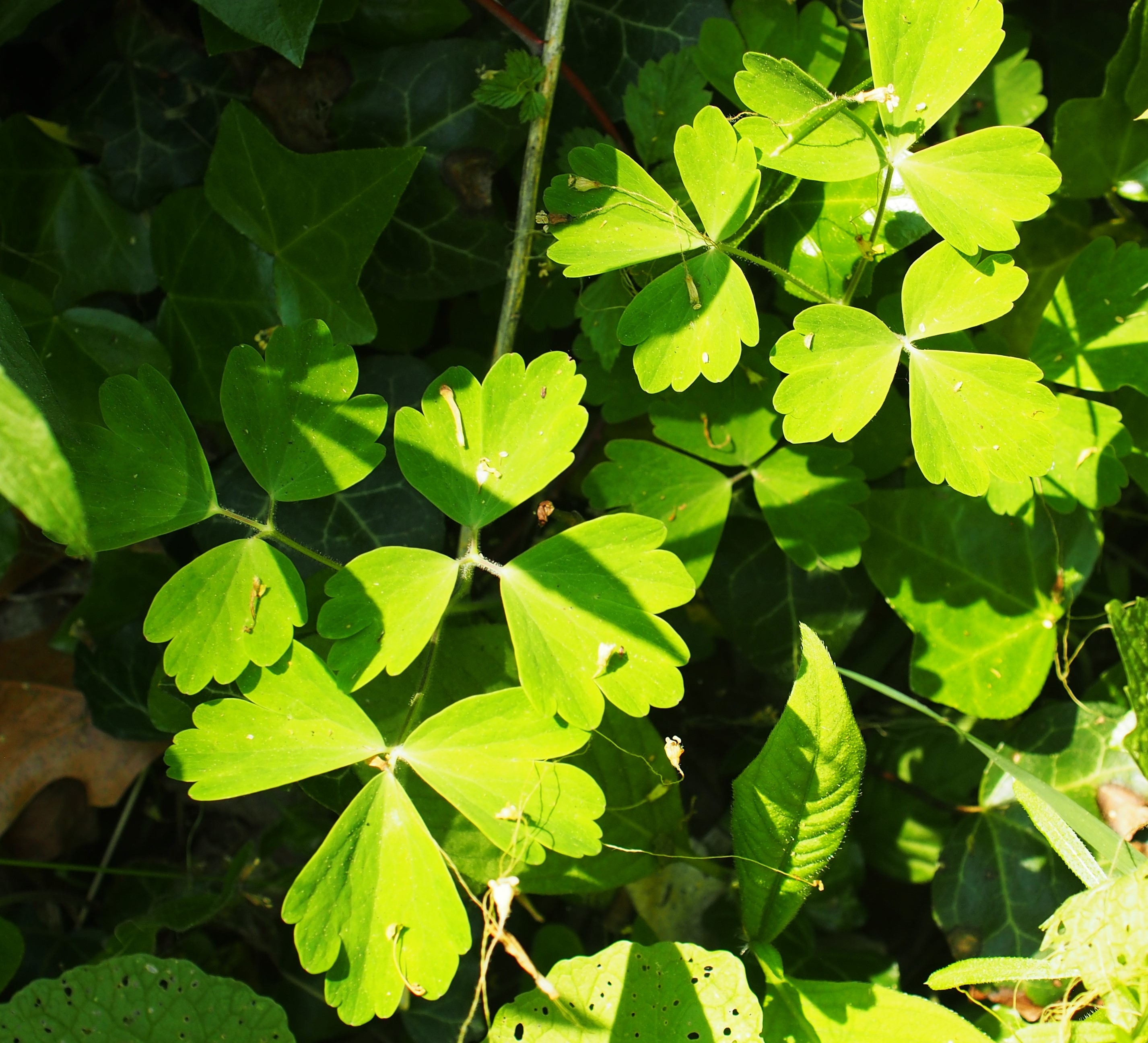
Just about to turn into the front yard, we see that Poppy, whose bud doesn't look as if it can wait much longer. That mysterious five-pointed star still hasn't given us a hint as to what it is. Last is the Peony of the front yard.
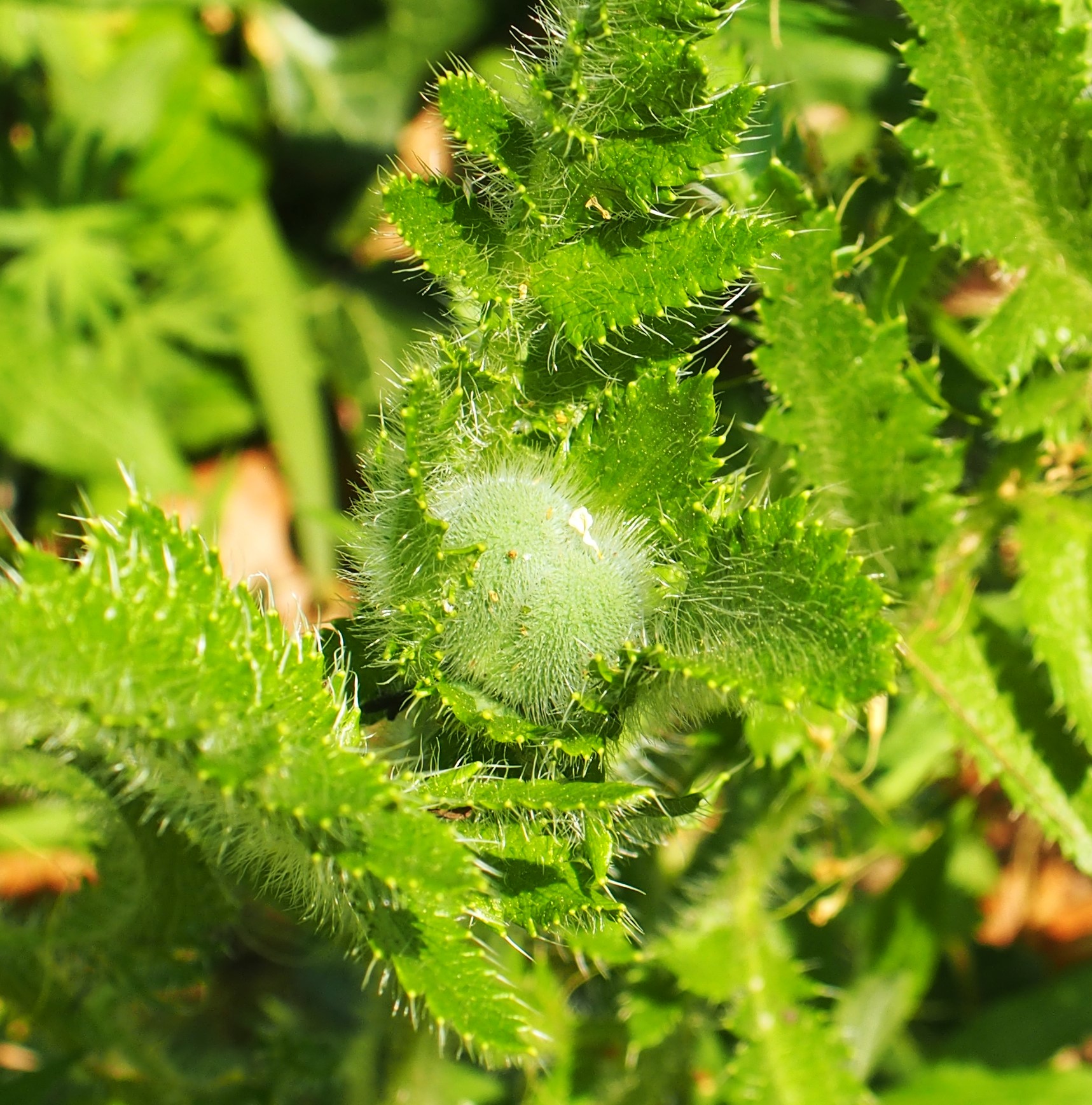
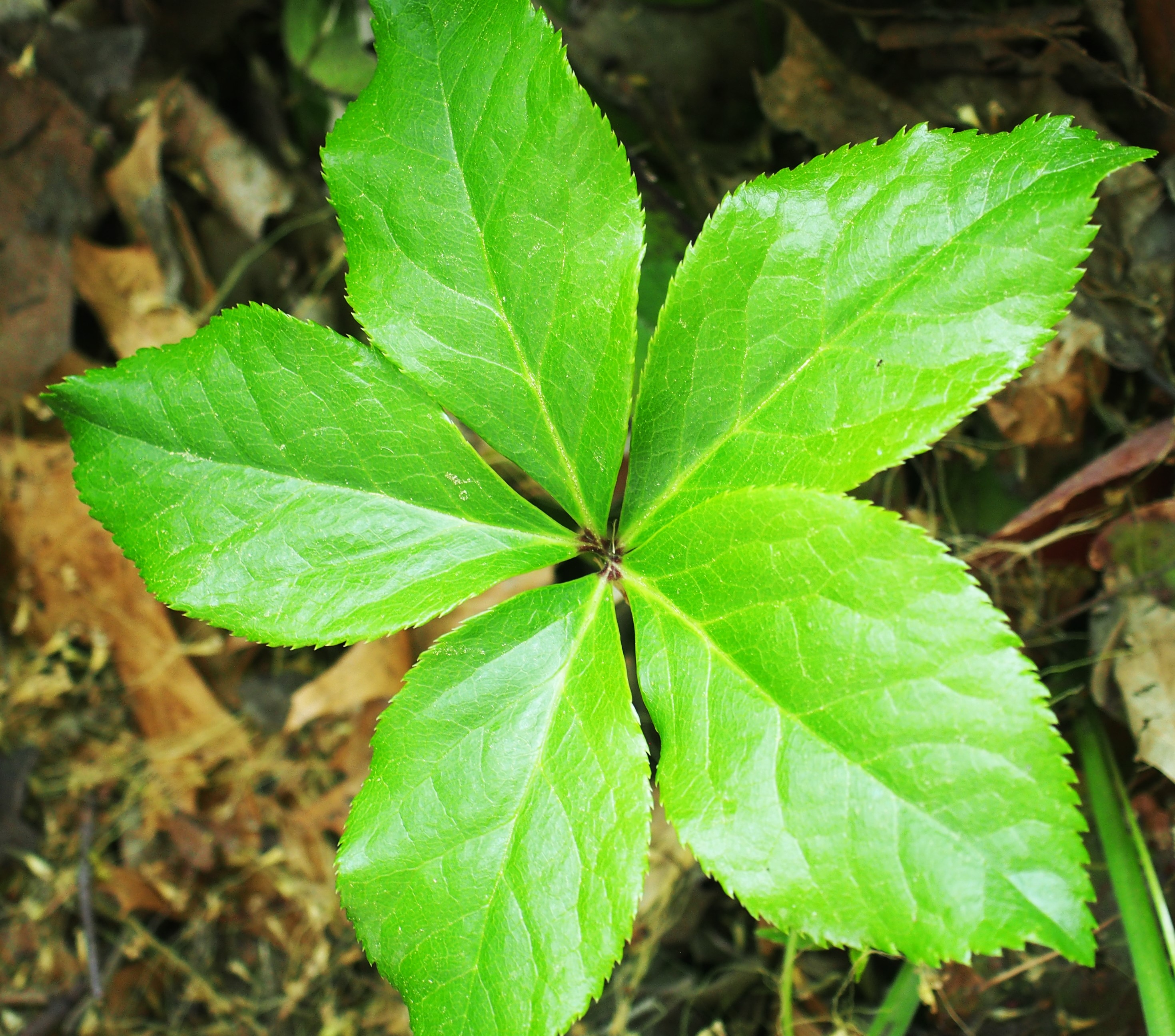
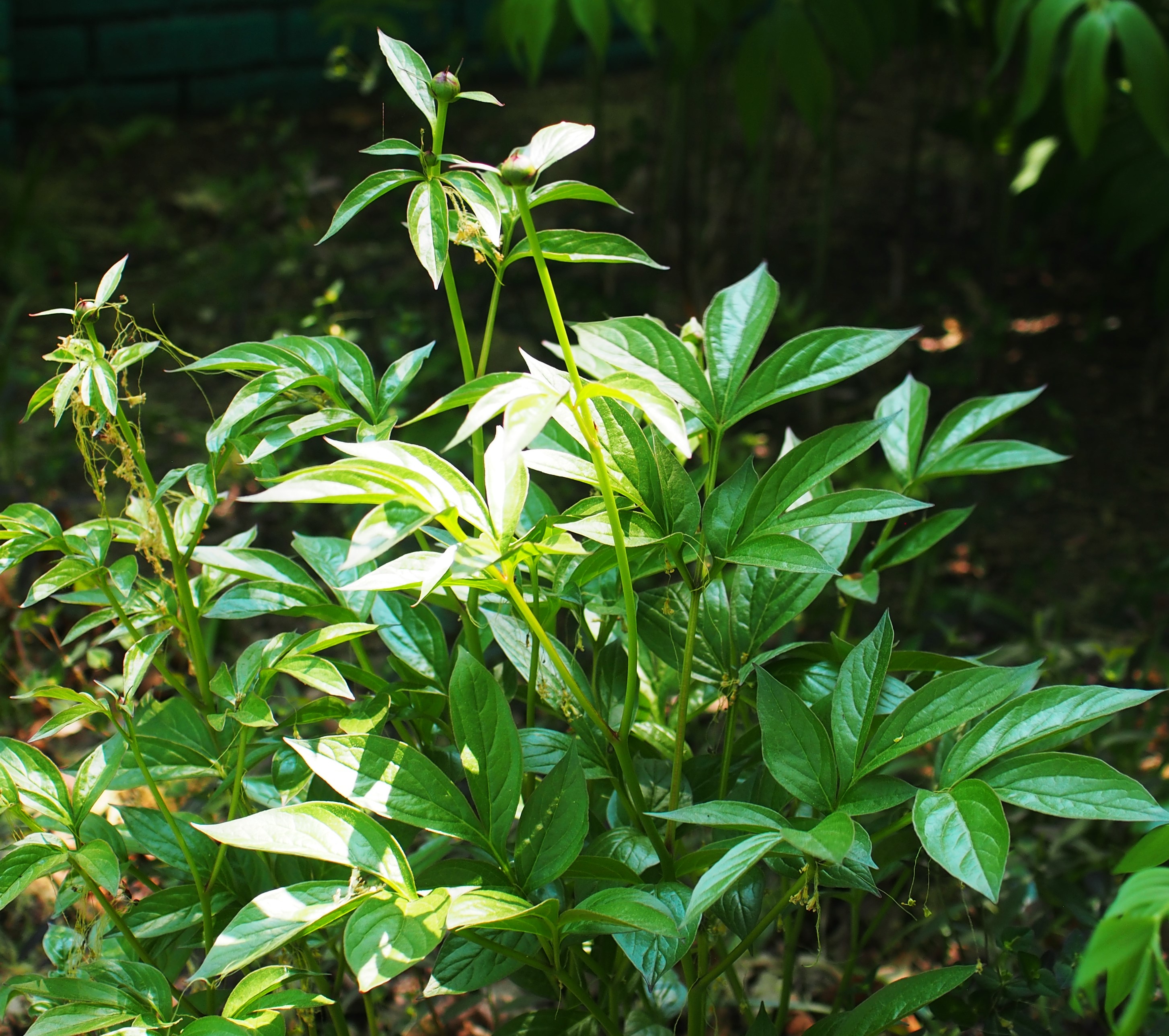
Here is the Solomon's Seal, still an attractor for the big Common Eastern Bumblebees. (And the hummingbirds, which I have never seen!) I notice I stopped taking so many pictures of the Hellebore, which is now mostly huge leaves. But round the corner, the Honey-suckle is blooming crazily. It attracts Bumblebees and as you saw before, the Assassin Bugs like to sit on it waiting for smaller bees and other sugar-hungry insects.


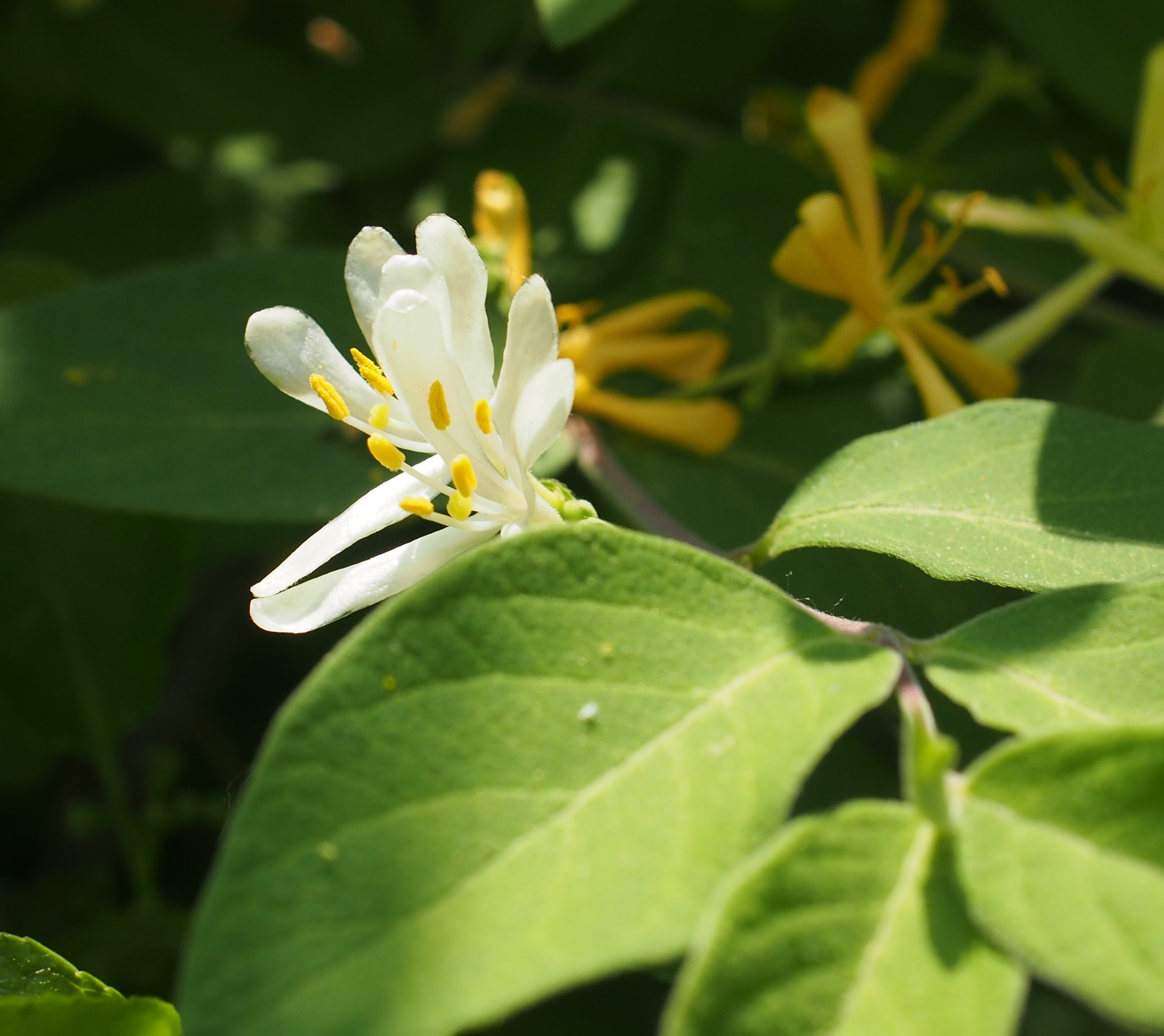
We're about finished with the Flower Walk of this address. But thankfully I have friends with better camera skills and wonderful Flowers. Here are some of Kathleen Seidl's pink Dogwood and white Hellebores (my Hellebores are now covered over with their big leaves). Third is beautiful for its heart-shaped dark-red leaves. And here are some of Deb's amazing Tulips. (Thanks to the squirrels, I only had one.) Thanks, Friends!
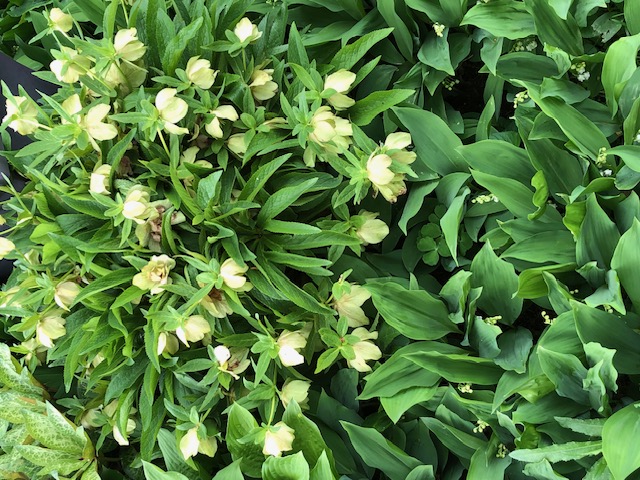

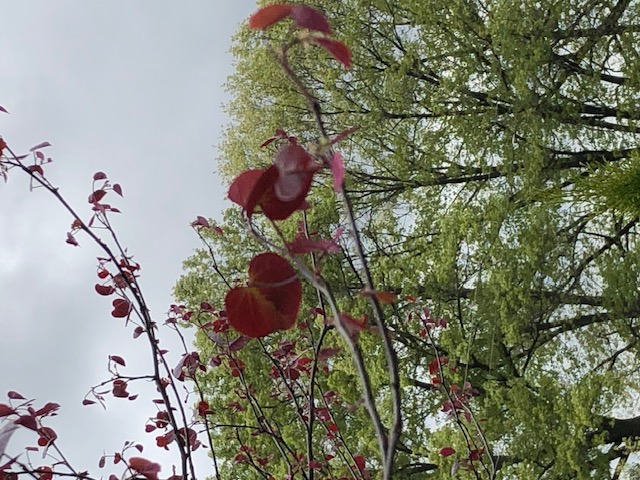

Time to go back through the house to the back door, to see our Spiders. There haven't been very many of them, but one of the big surprises is that the one who started his (yes, he's a male and he has a web) web some time ago still maintains it and seems tto have a new fresh dinner each time I look, but still keeps his old "trash" in the web, perhaps to admire or maybe to impress the neighbors. Here are some recent pictures.
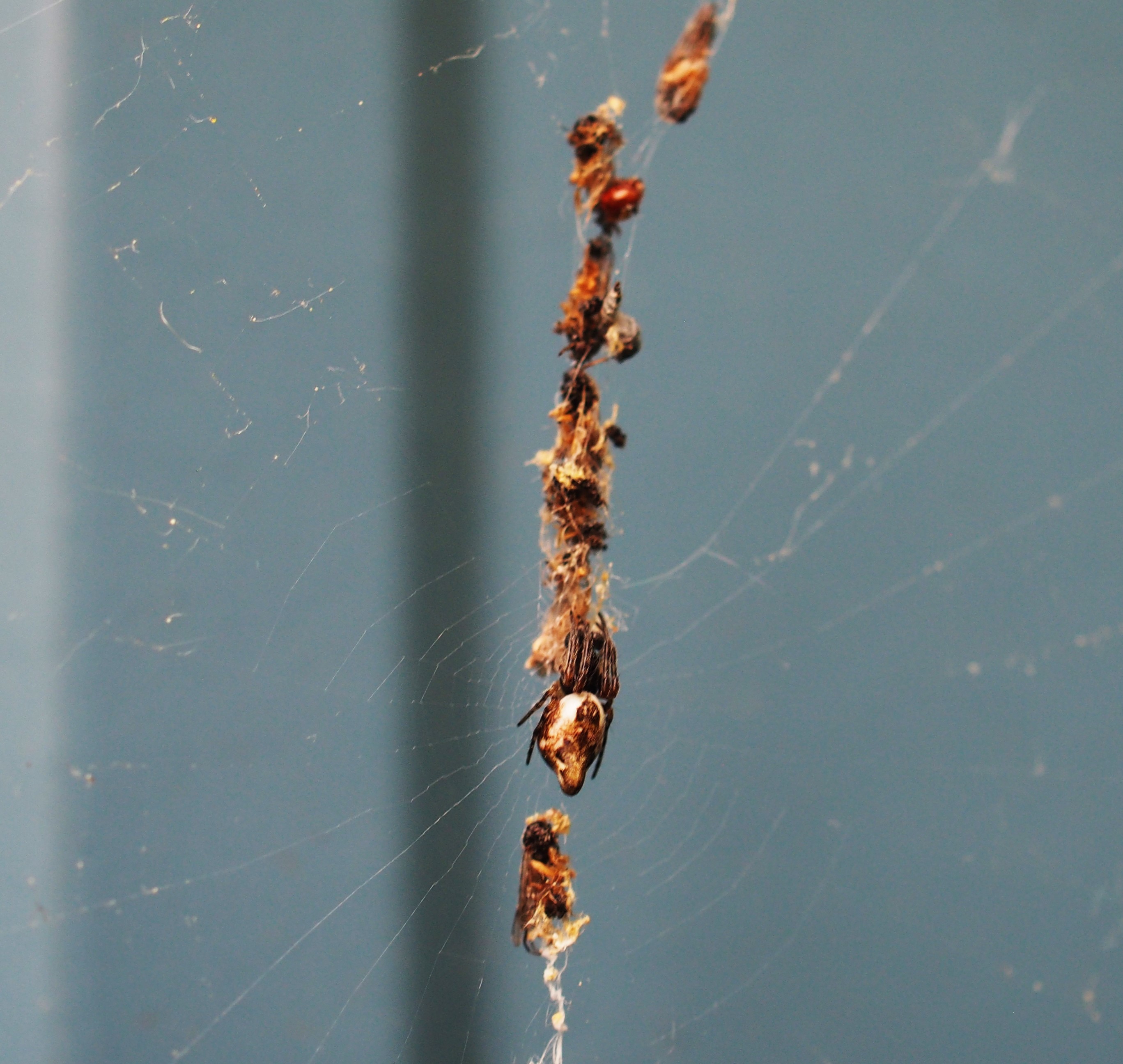
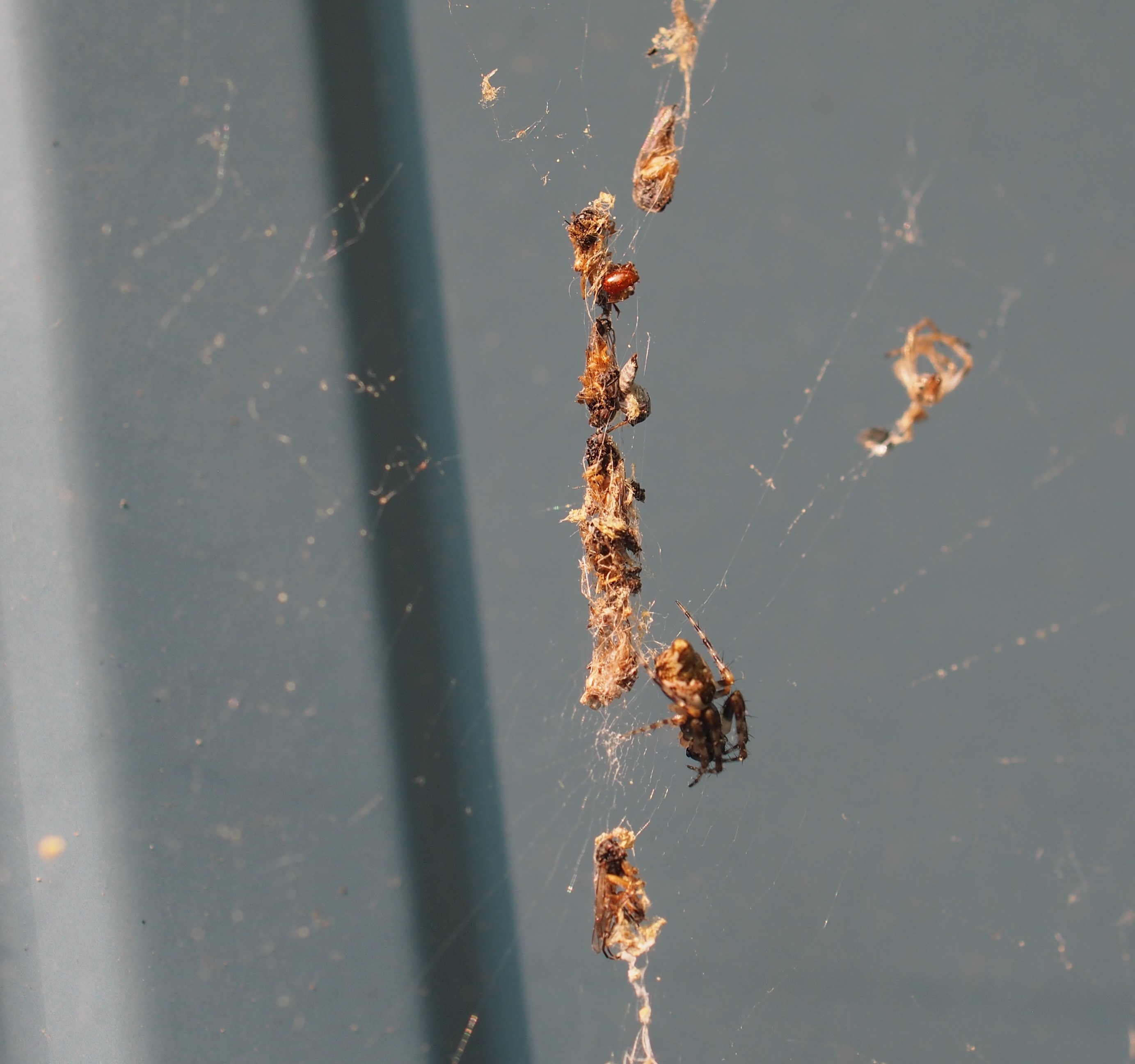
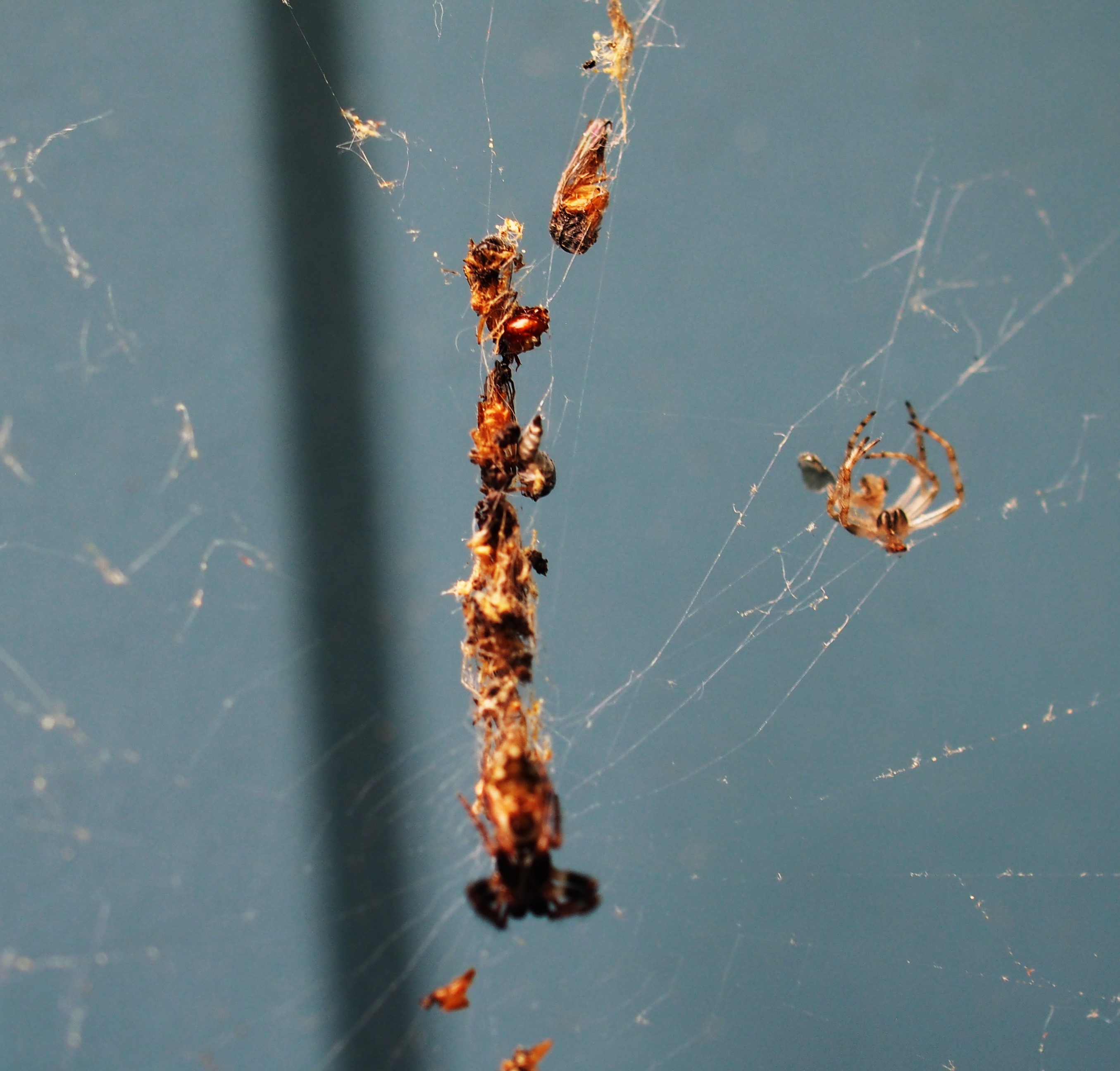
Here's a hairy black Spider, probably a Dwarf Spider, but I'm not sure. There are always lots of Cobweb Spiders, like the next two. In picture 2, the Spider seems to be trawling for that nice green Caterpillar, while picture 3 shows one who has already been inhabited by a Wasp larva.
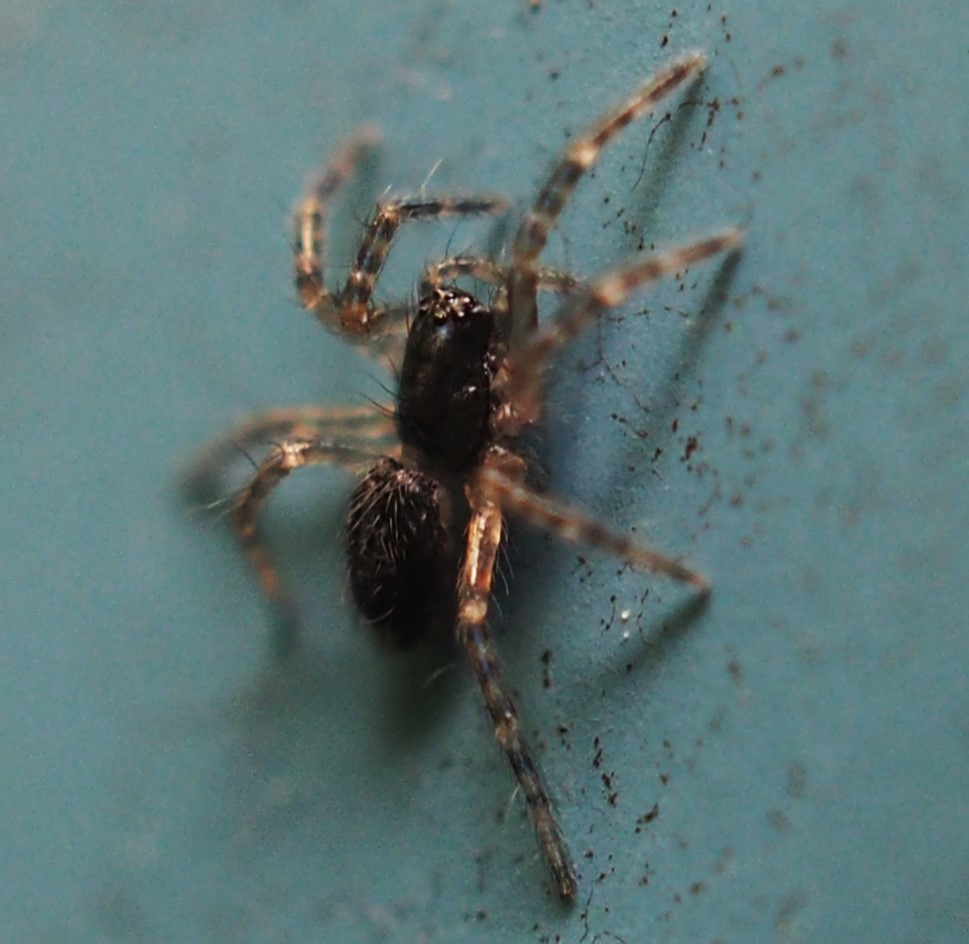
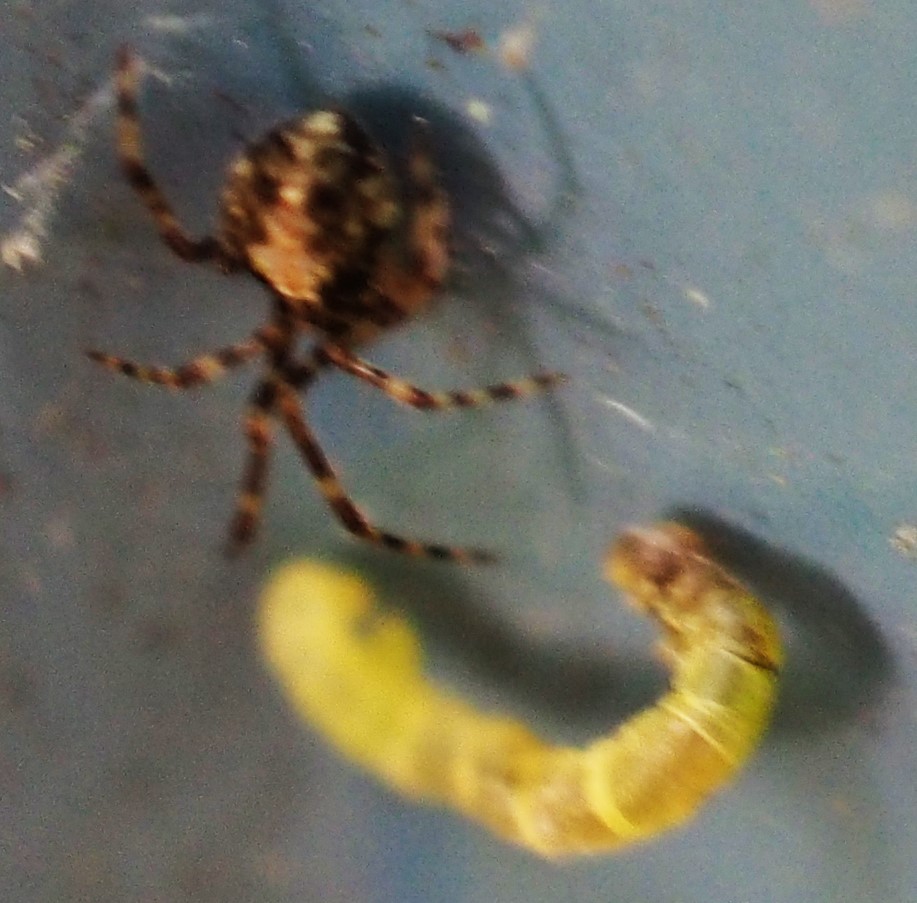
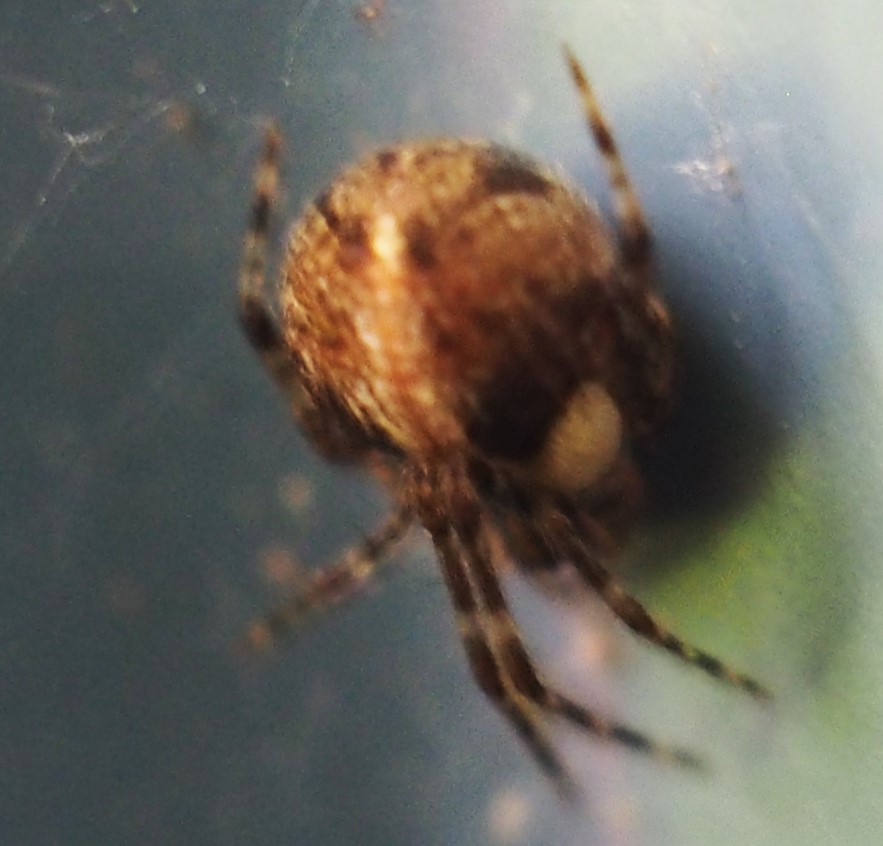
I think it's time to finally see how the Frogs are doing. You may have been wondering, how is that Frog with the sore tongue? Well, he showed up yesterday, stuck-out tongue and all. Next, if you wonder how the frogs get out of the water, up a brick wall, well, it seems they do just fine. They almost look as if they fly up out of the water, and maybe they do. Being amphibians, they seem to like the water just as much as the land.
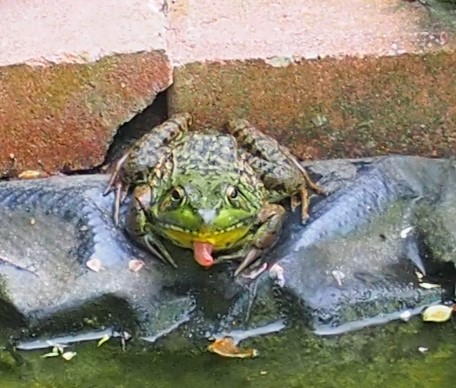
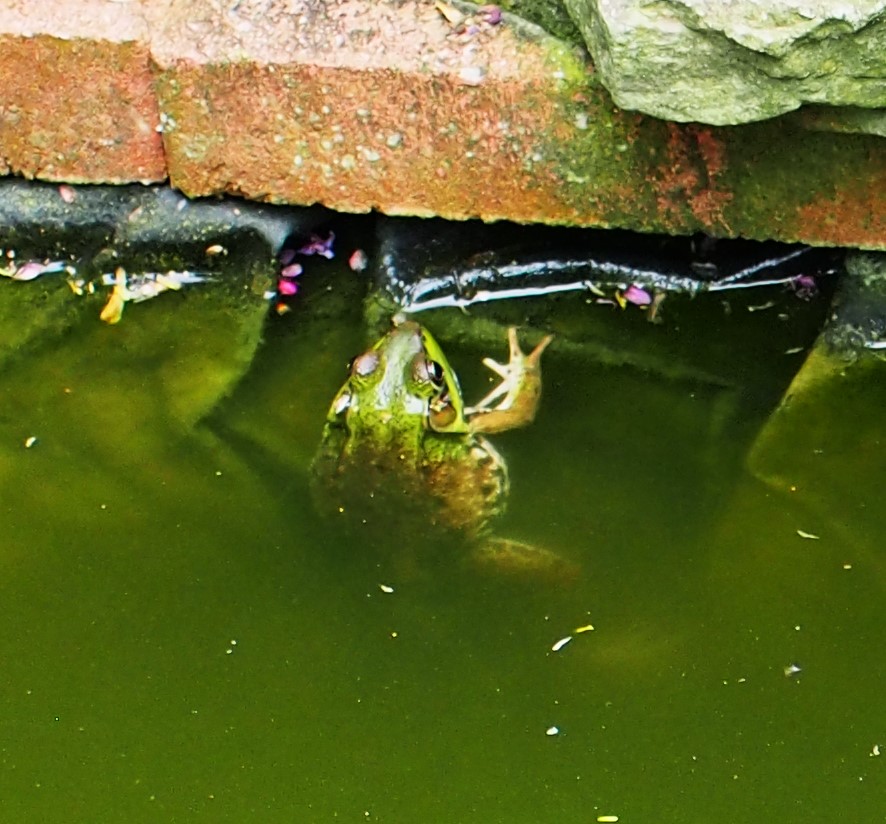
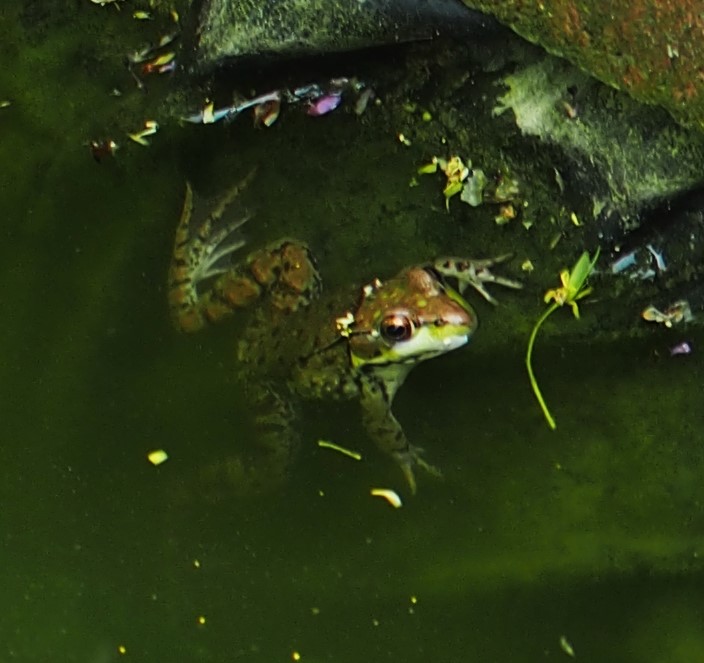
I do enjoy those frogs so very much. There is one who sometimes speaks, even though I haven't said anything to him. Many things have developed in the Pond, though. One thing is that the Fishes love the Summmer so much. They eat and even chase me down to see if I have the big red can with me. (I may be imagining that part.) But another change that has taken place is that the Lilies that gave us so much pleasure last year have put up healthy-looking leaves. (You can't see it in this image, but I think I've spotted a tiny flower bud way down in there.) One thing I really love about the Lilies is that their pads give the smaller Frogs something to rest on out of the water.
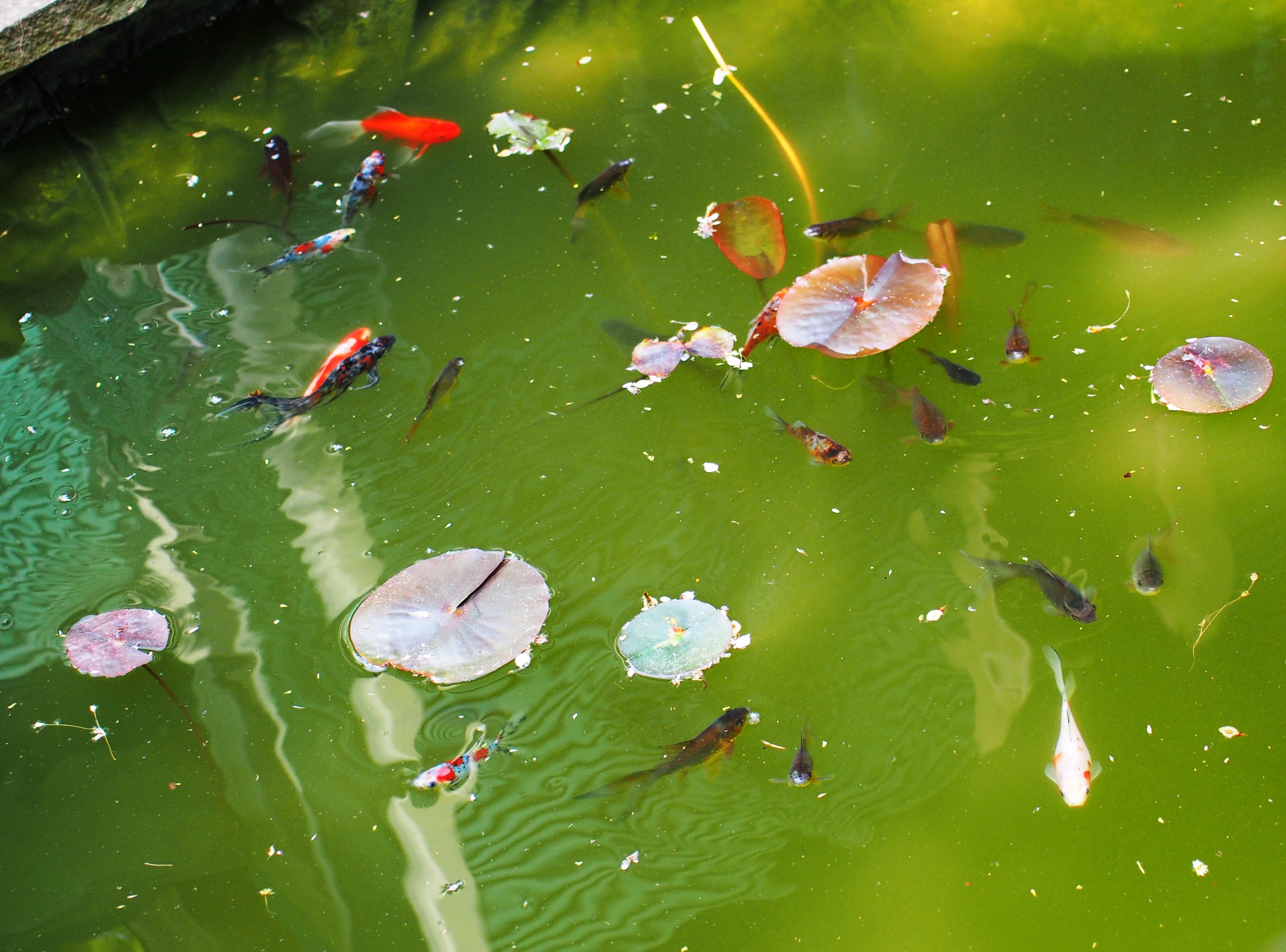
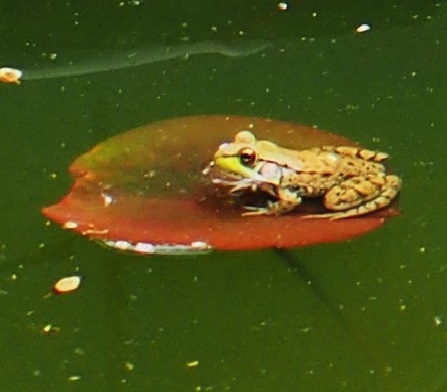
Here we are at the end of another week at the Pond. I hope you have something you enjoy as much as this Nature Walk of a Life. See you next week. Take care!
Back to May 14, 2023
Forward to May 28, 2023
Back to main menu
copyright Martha O'Kennon 2023





















.jpg)


















































































